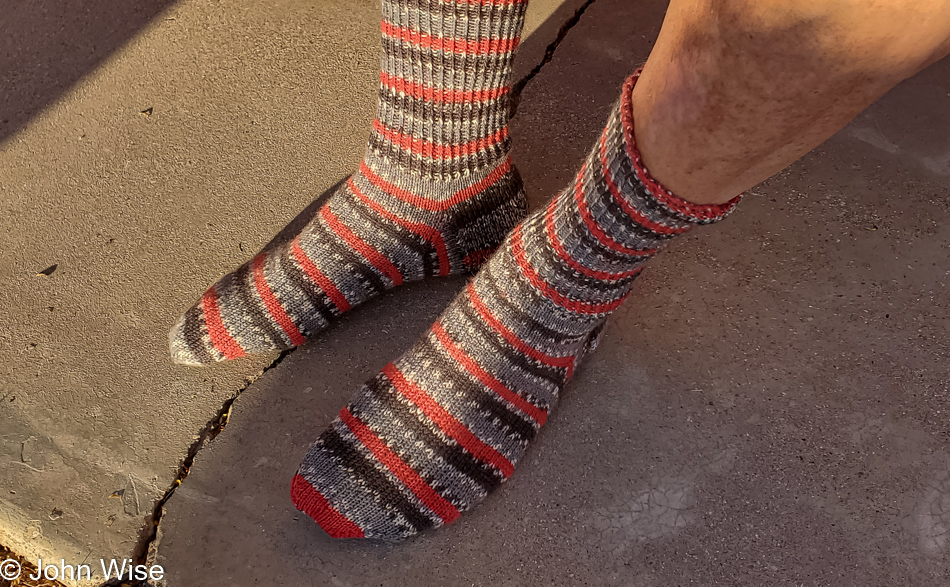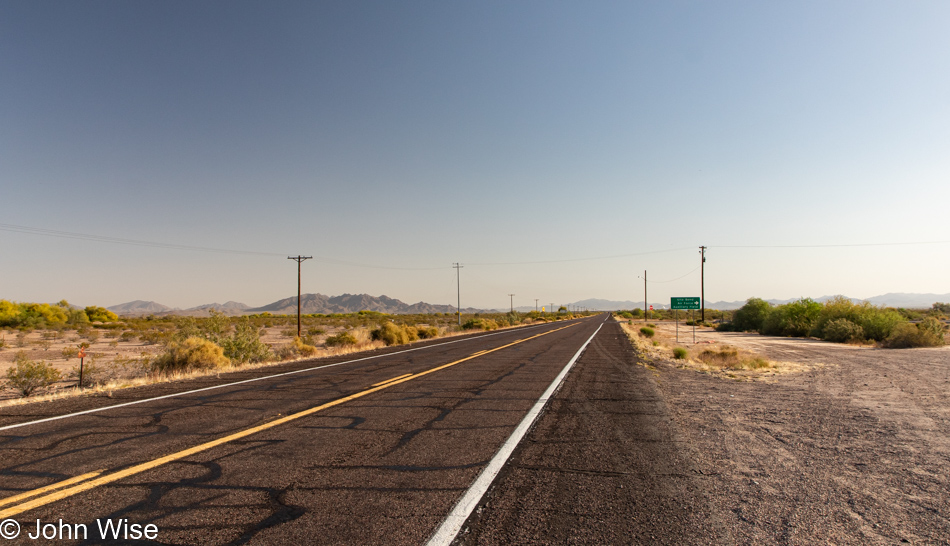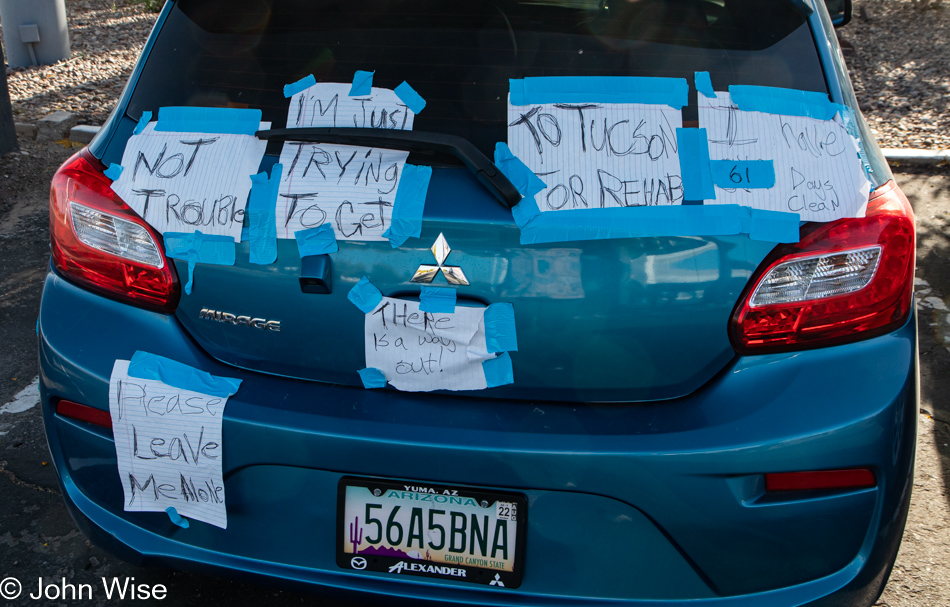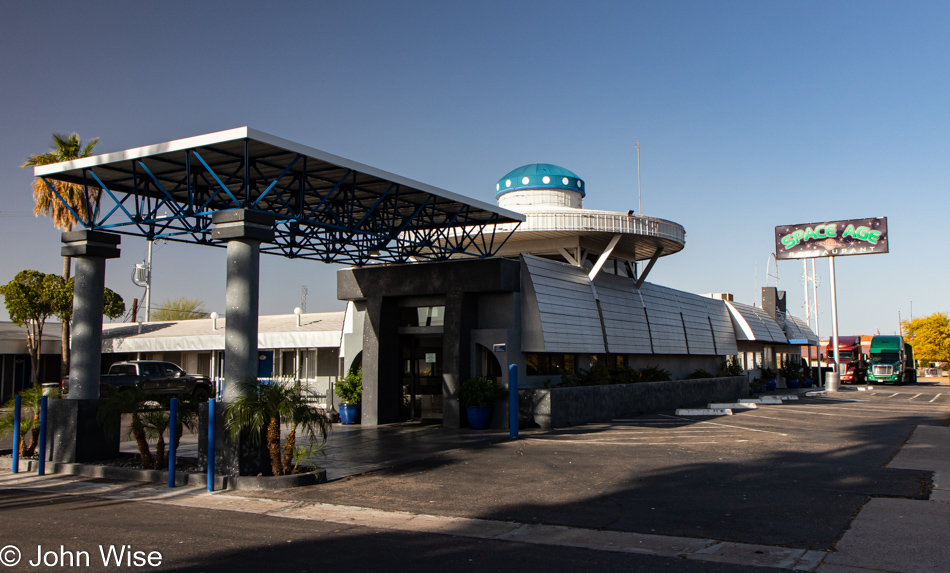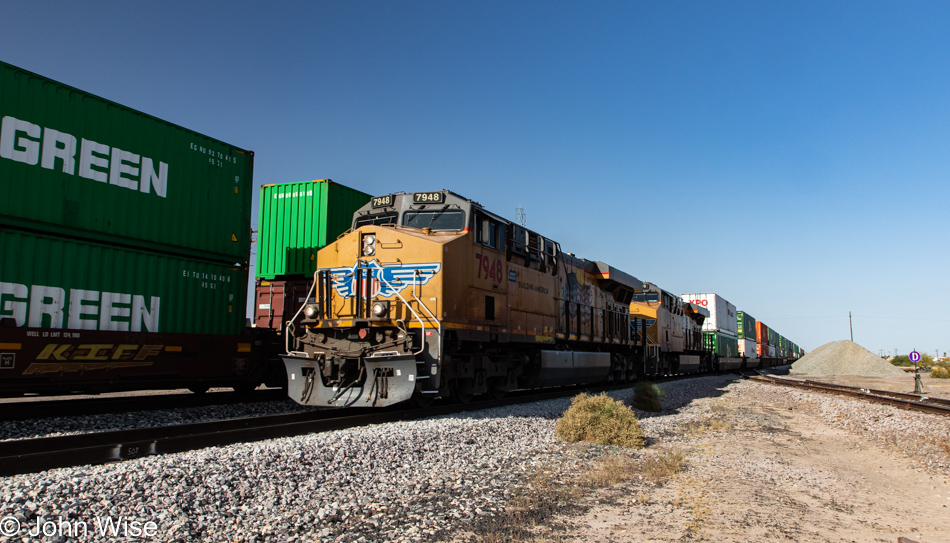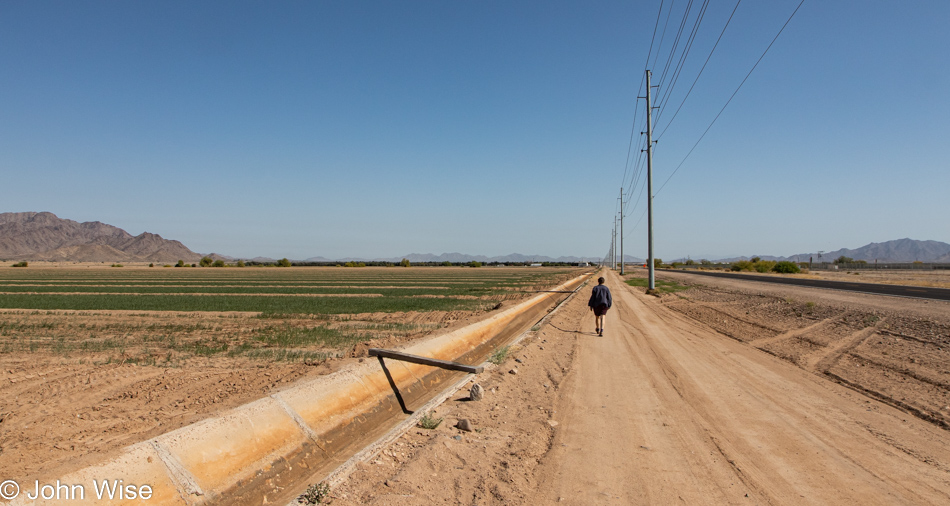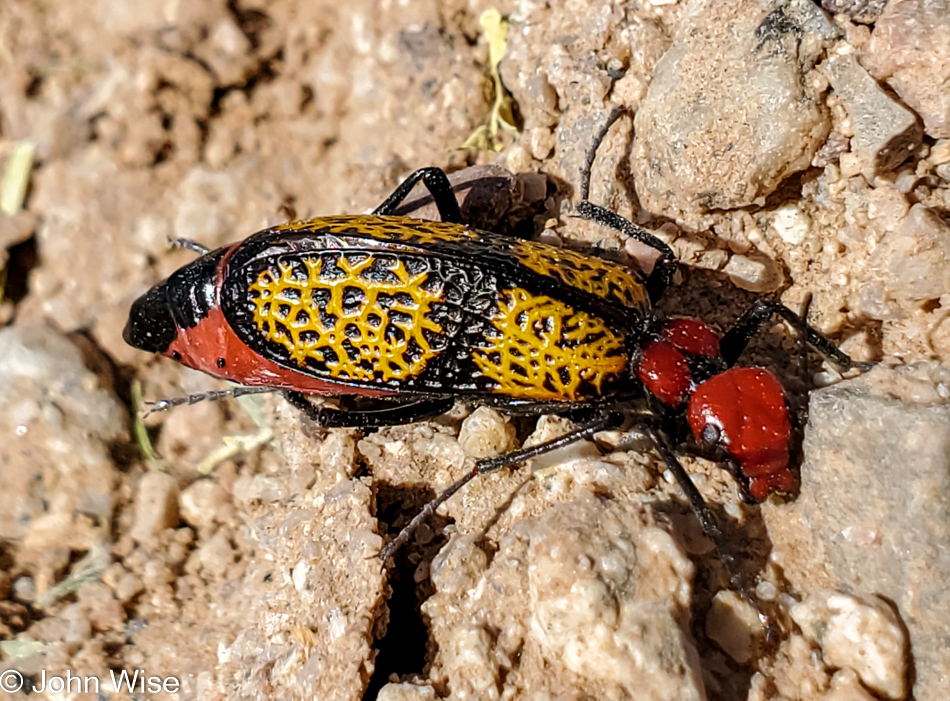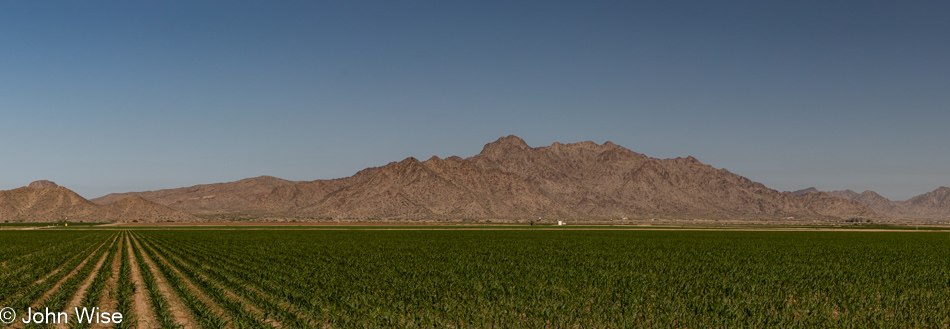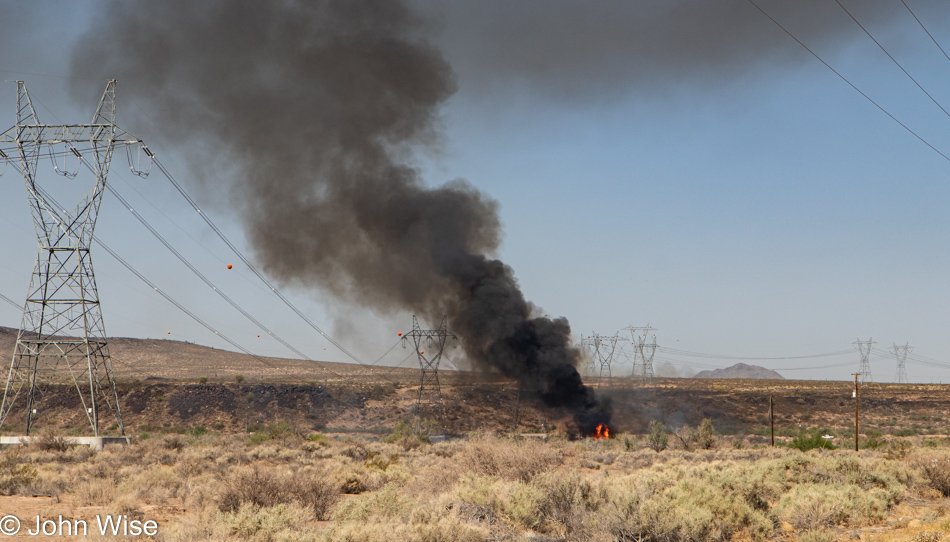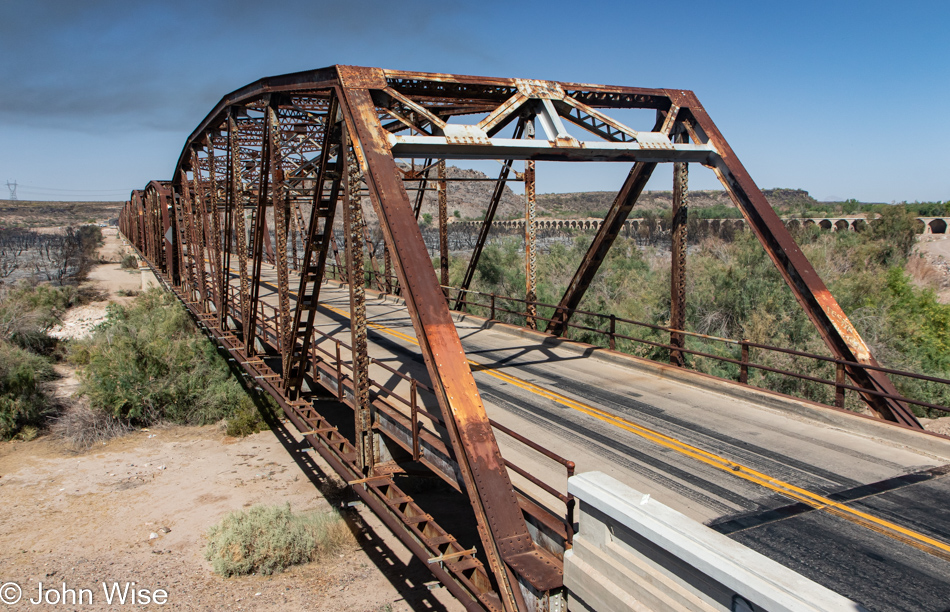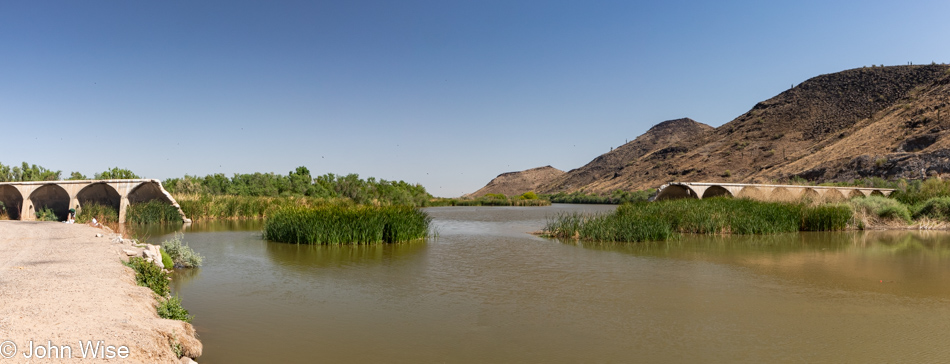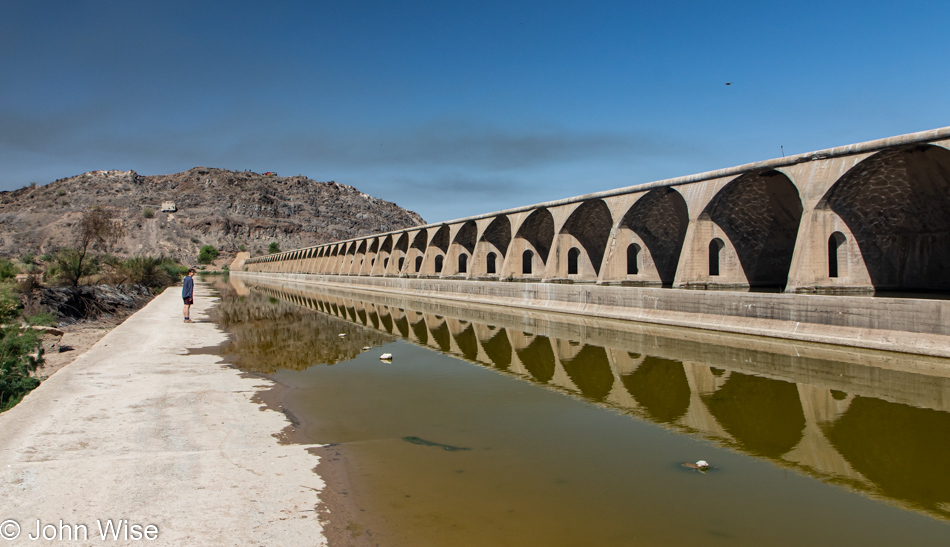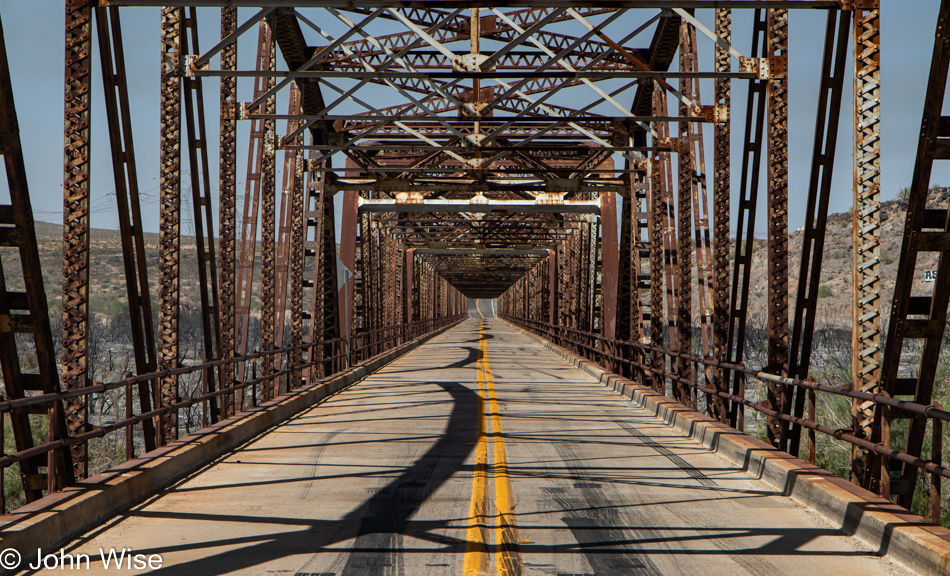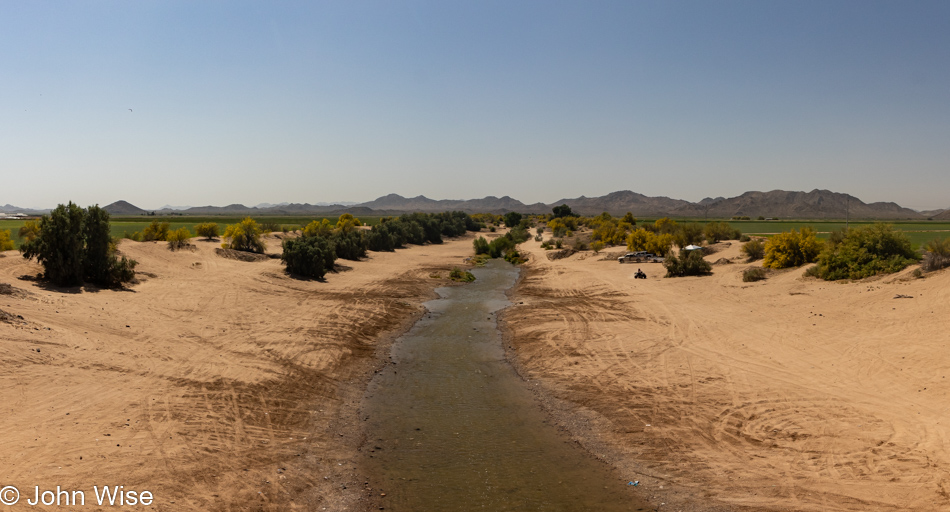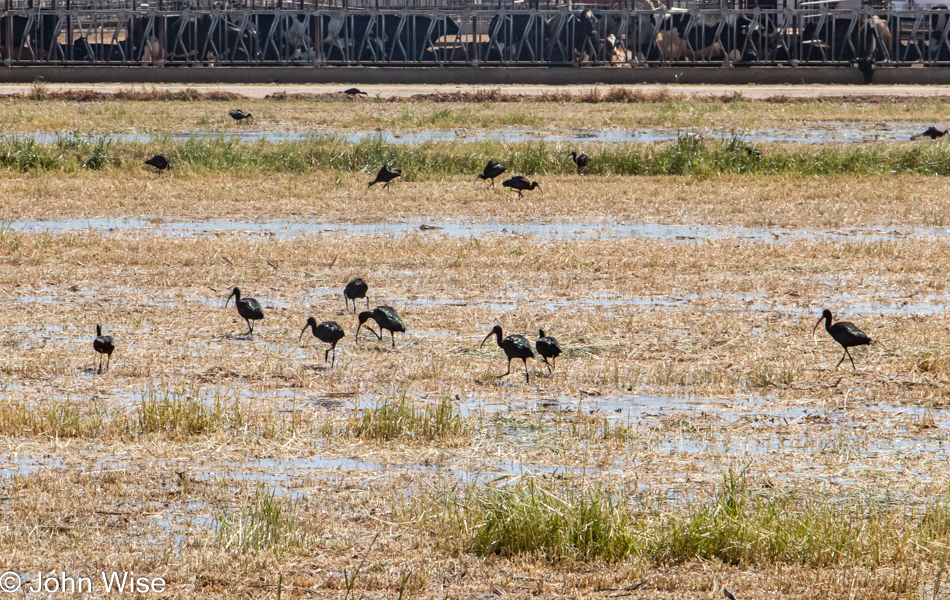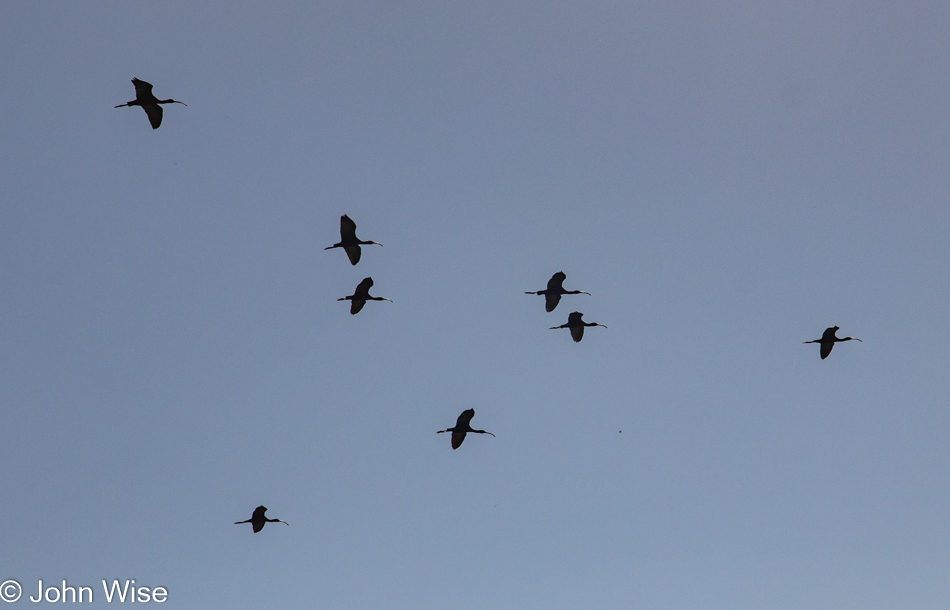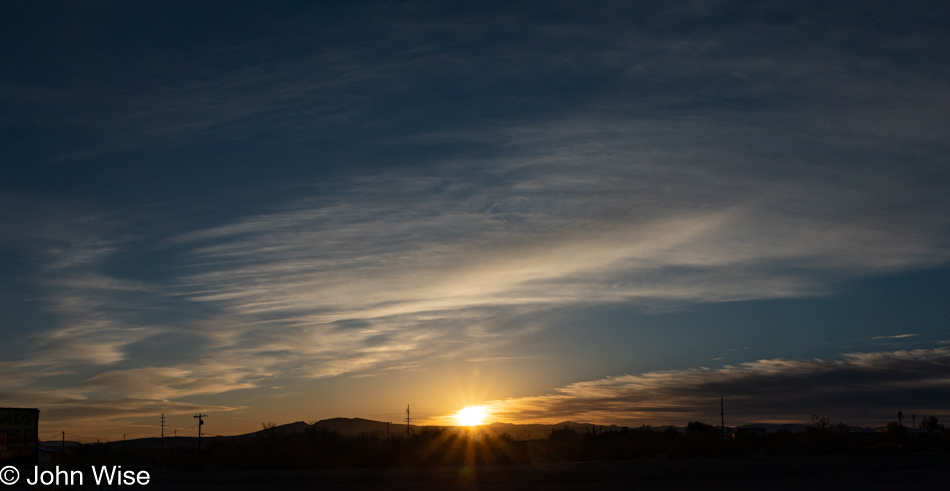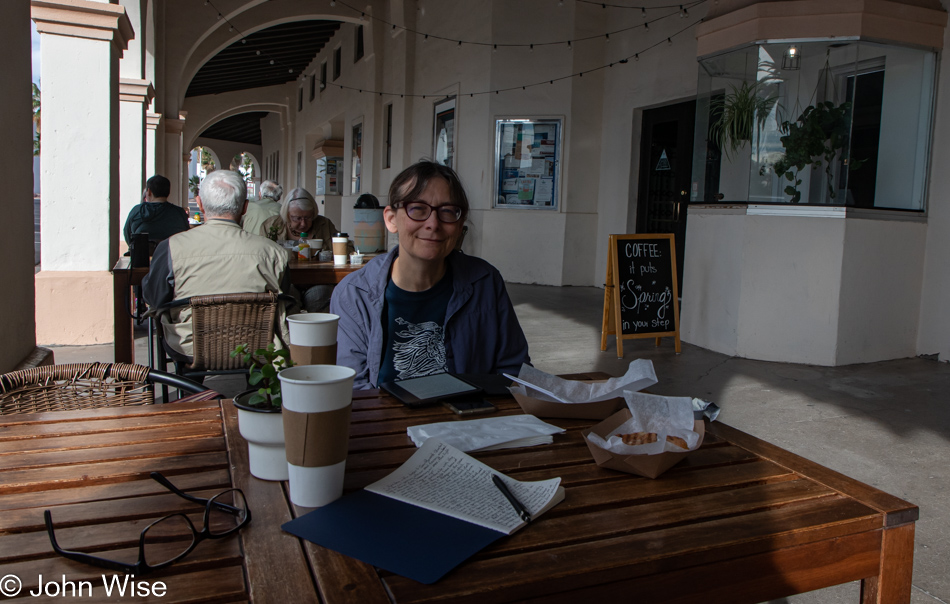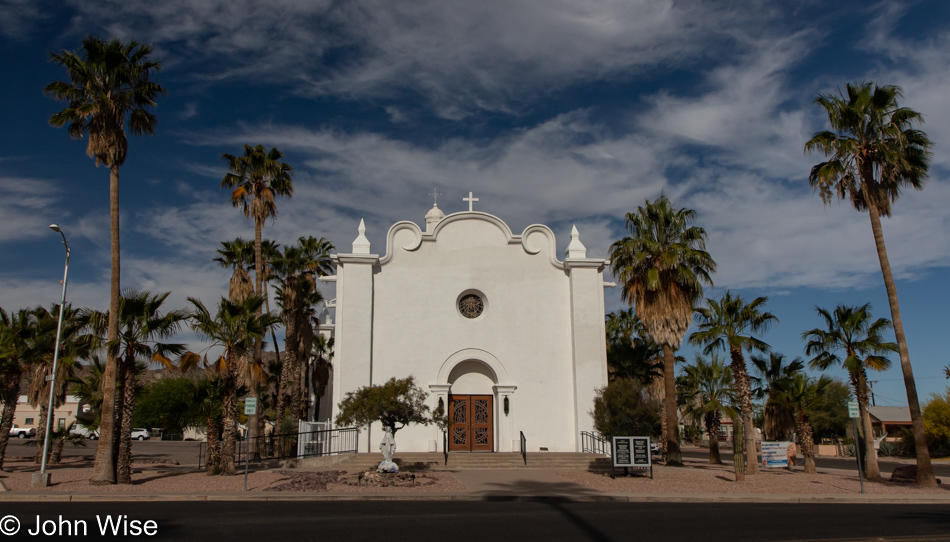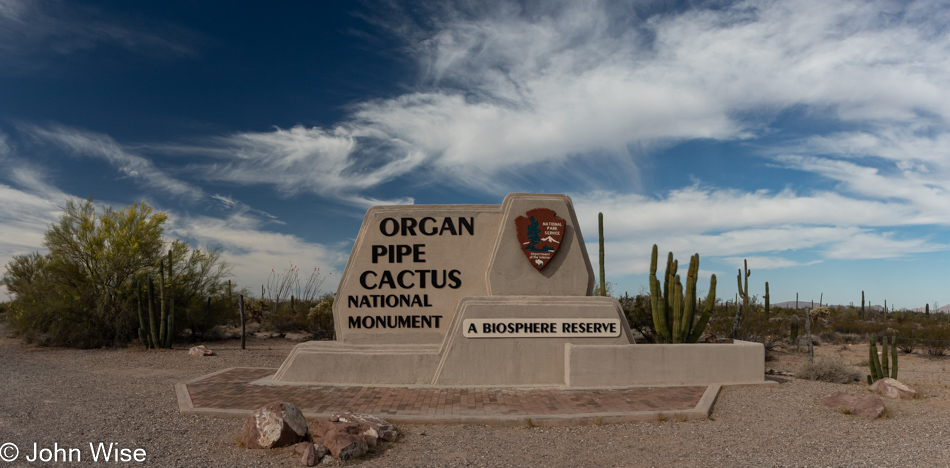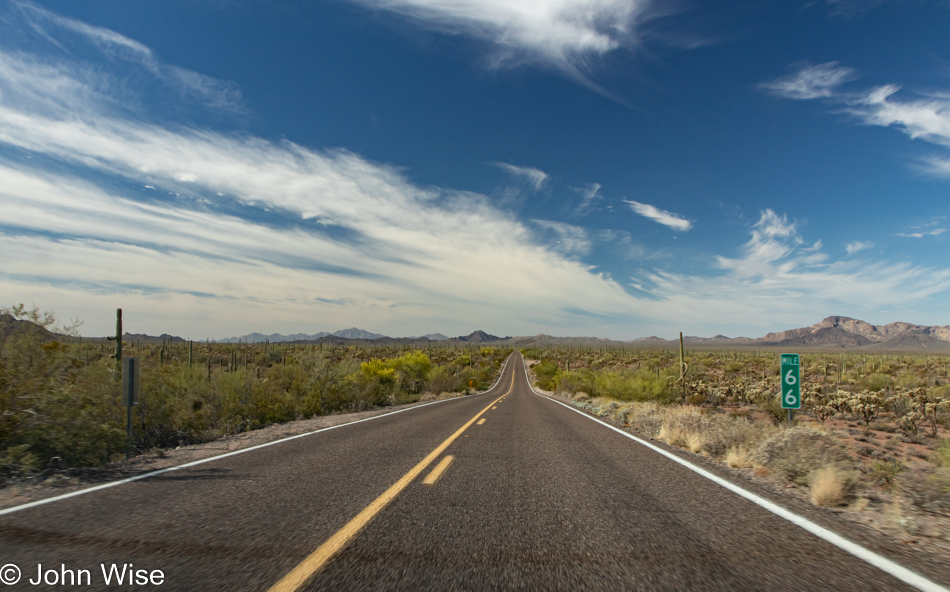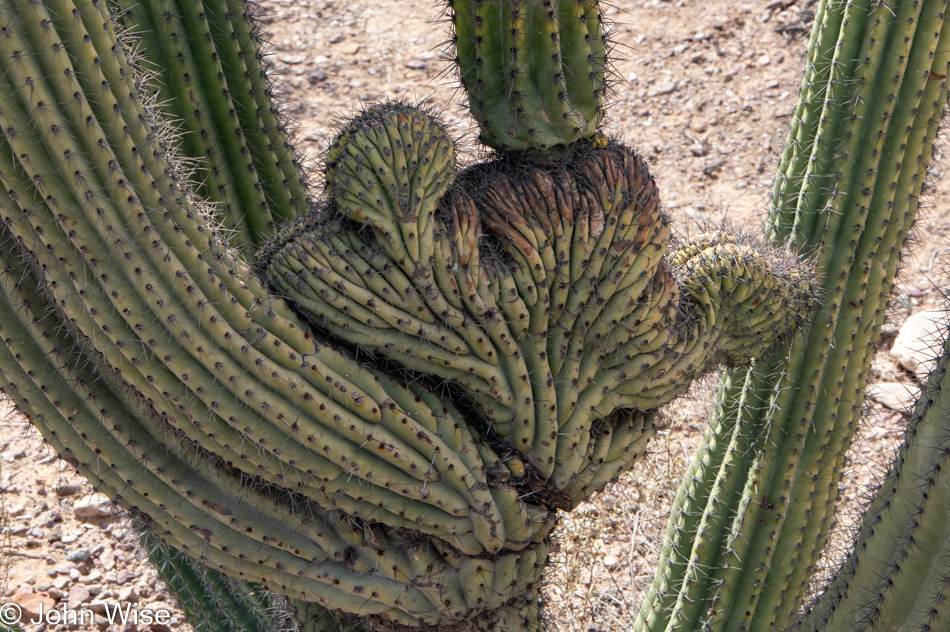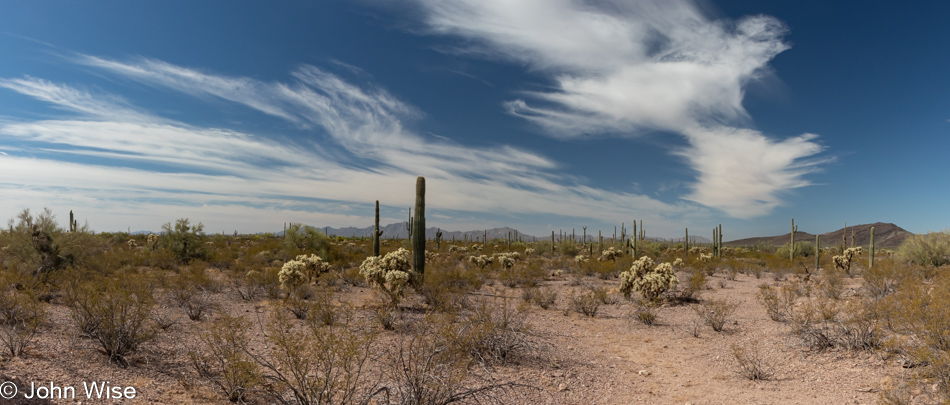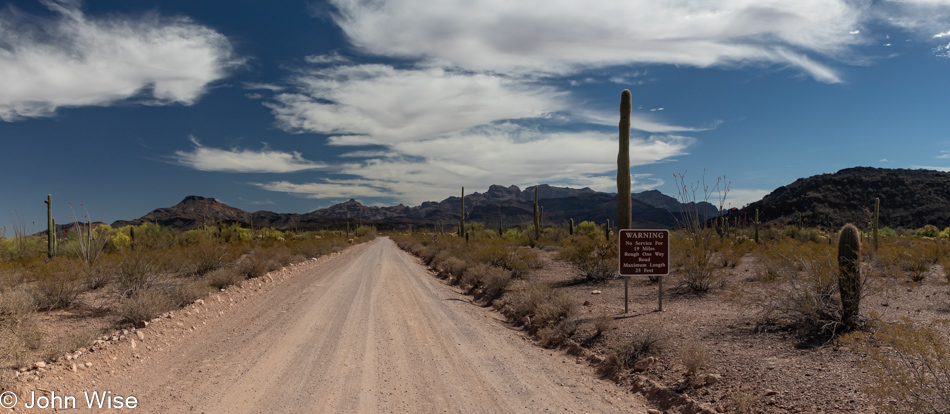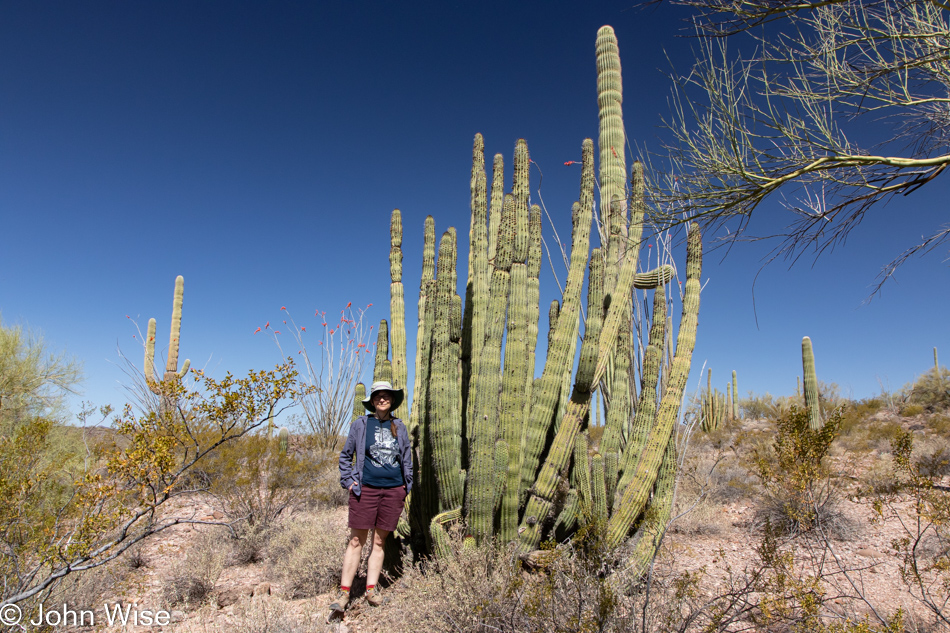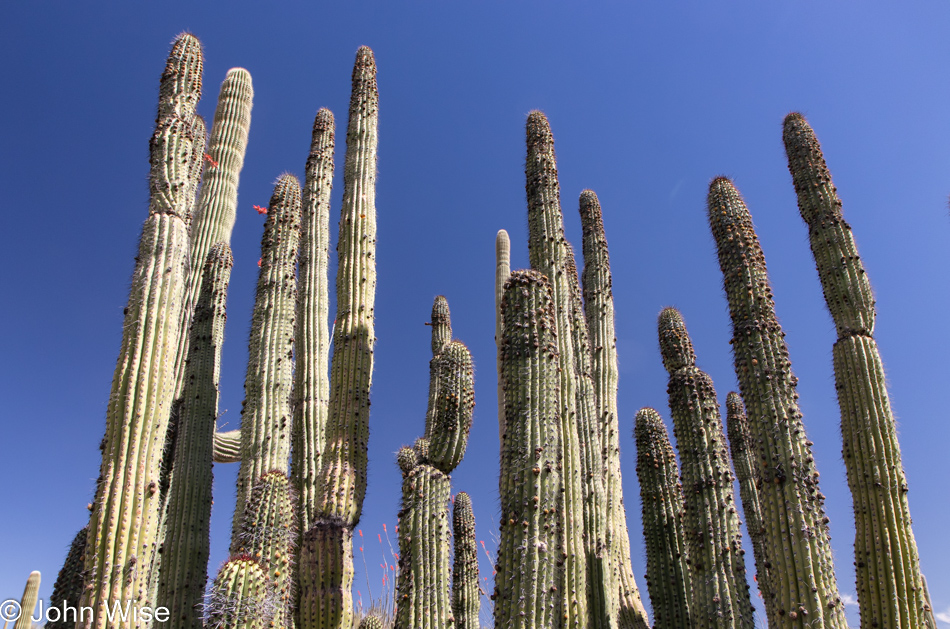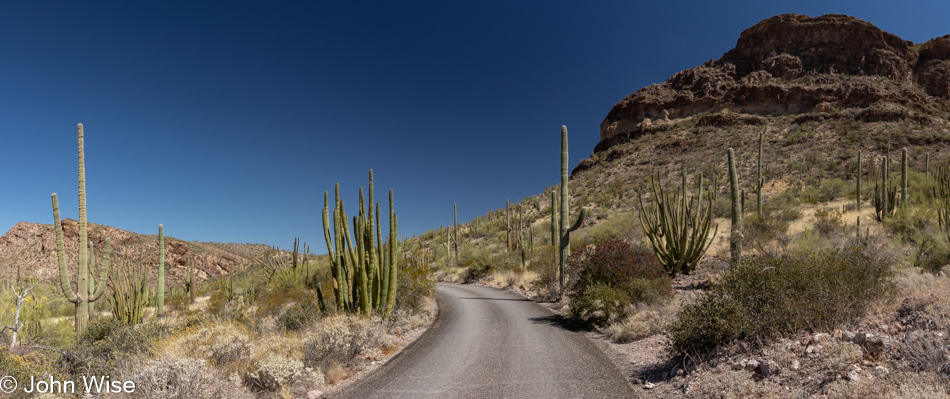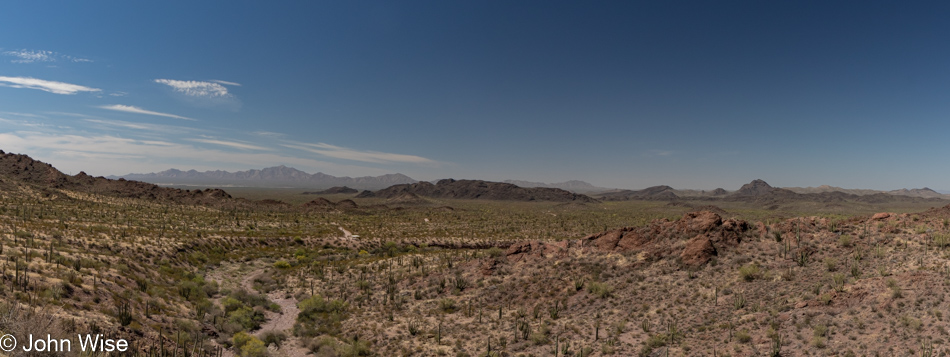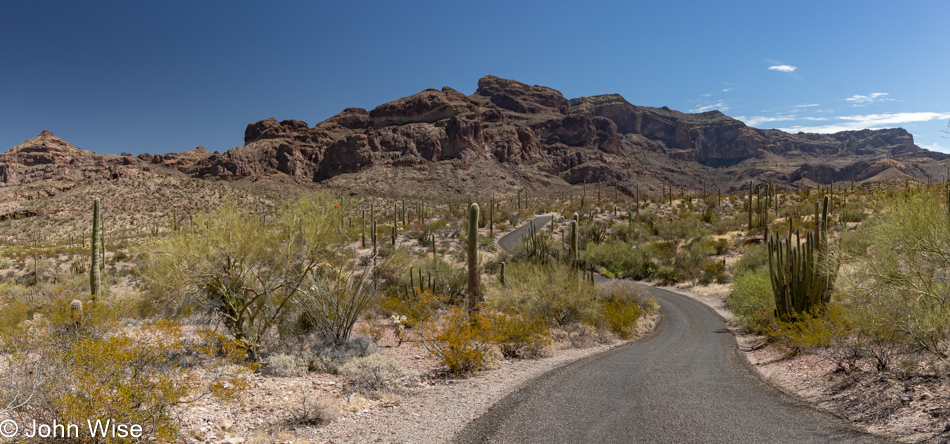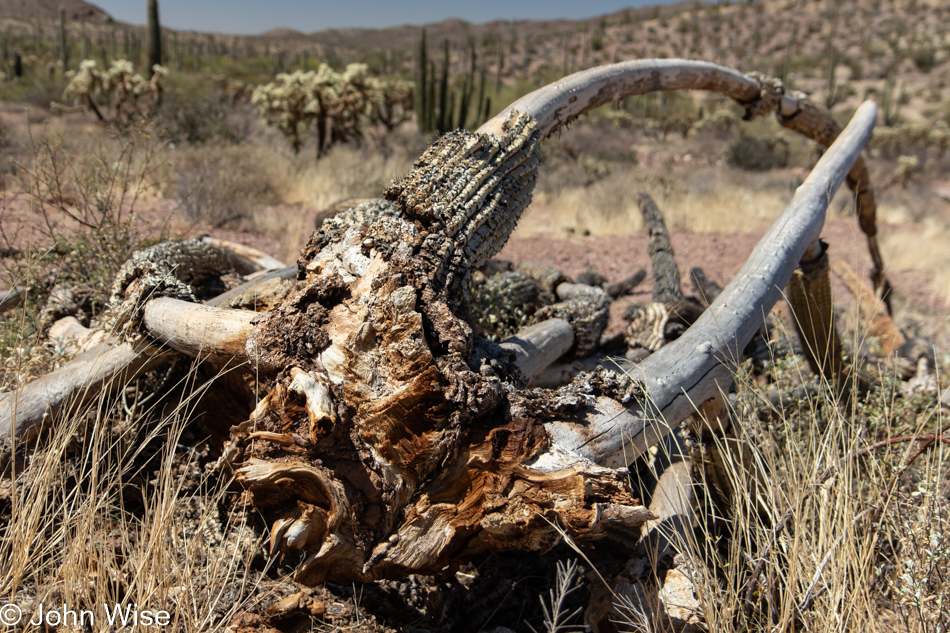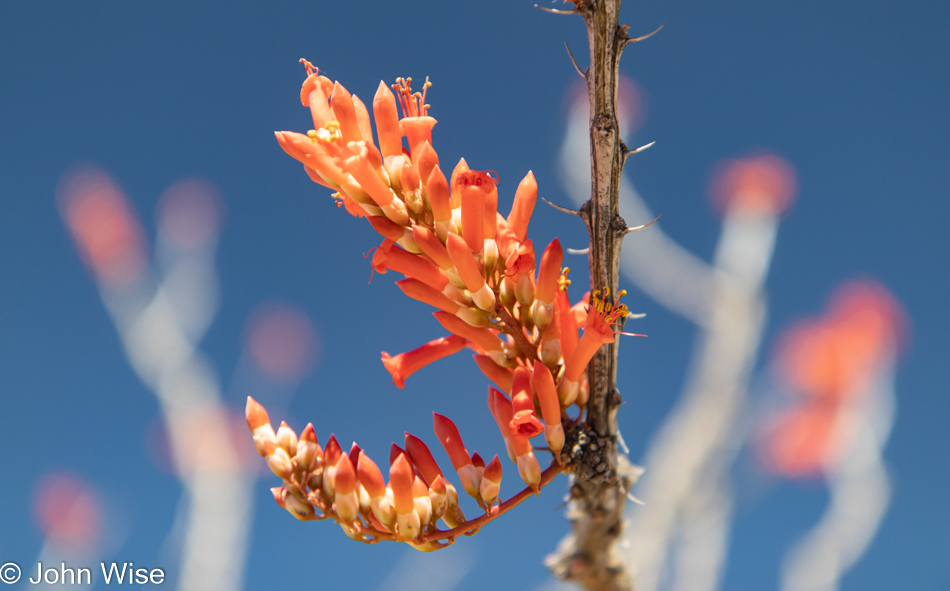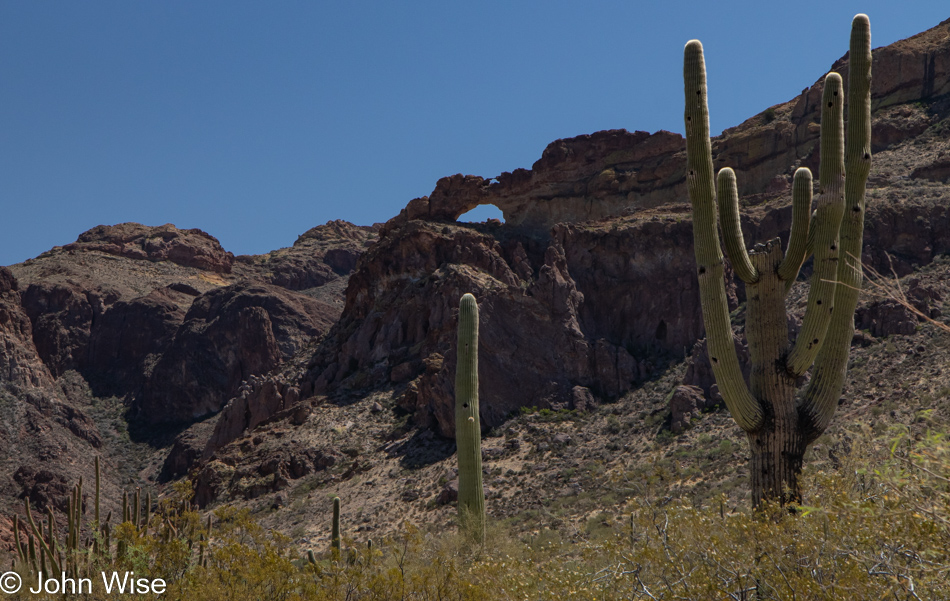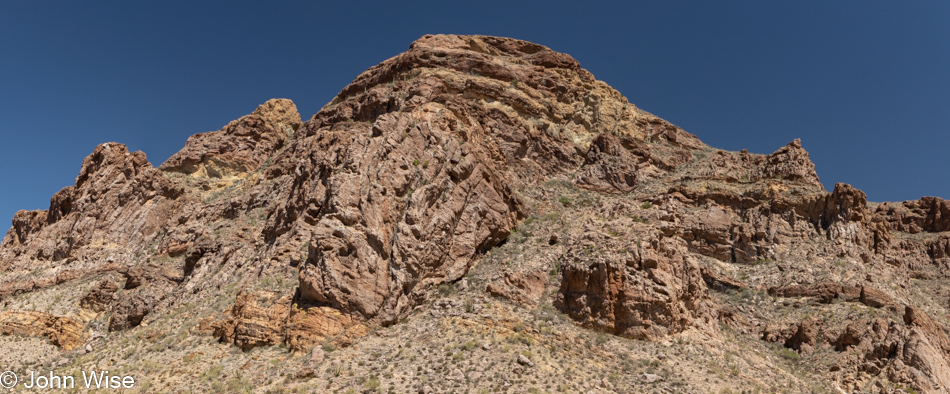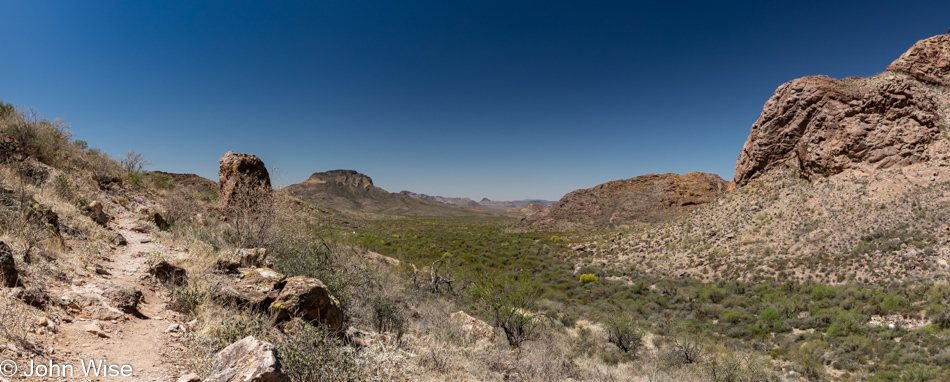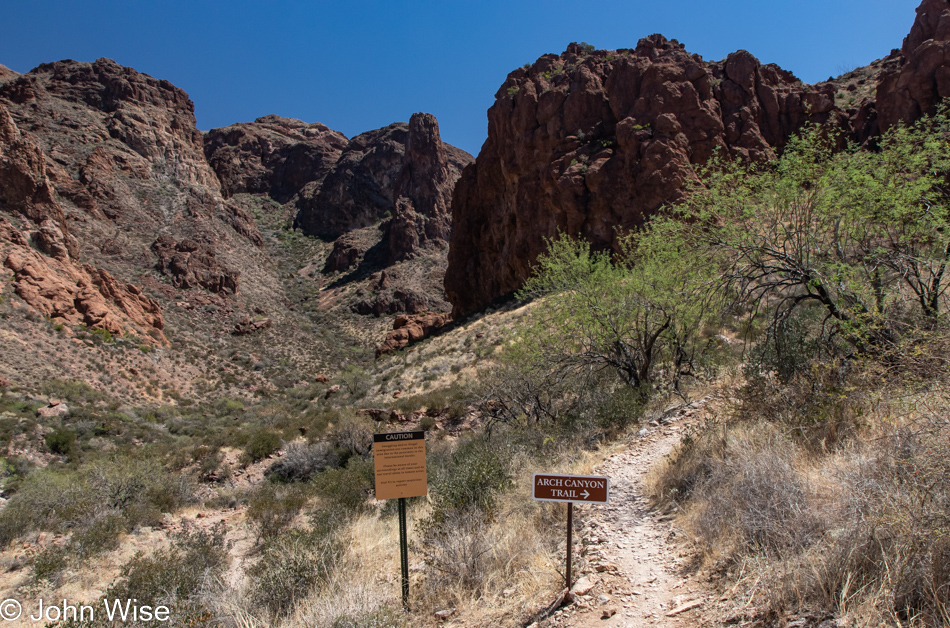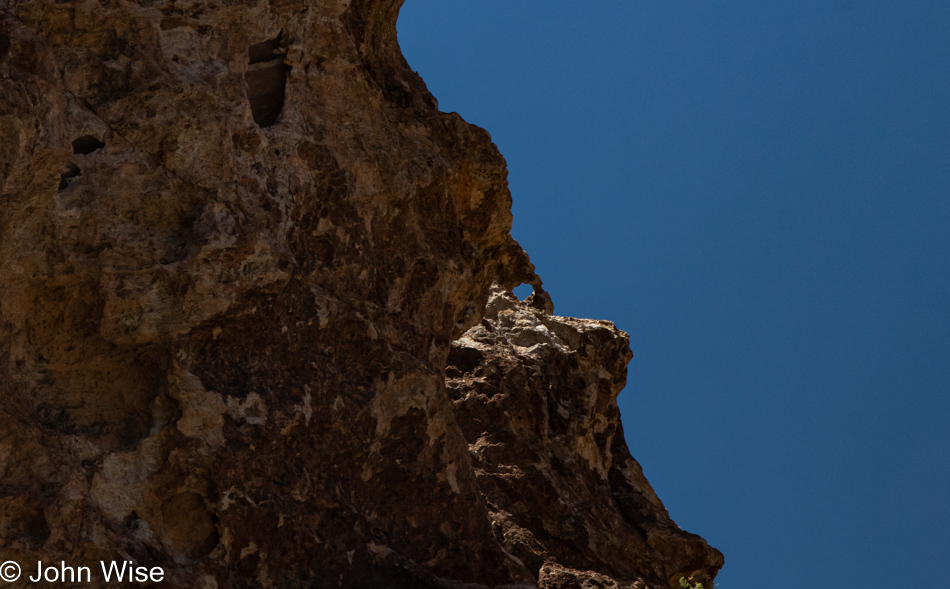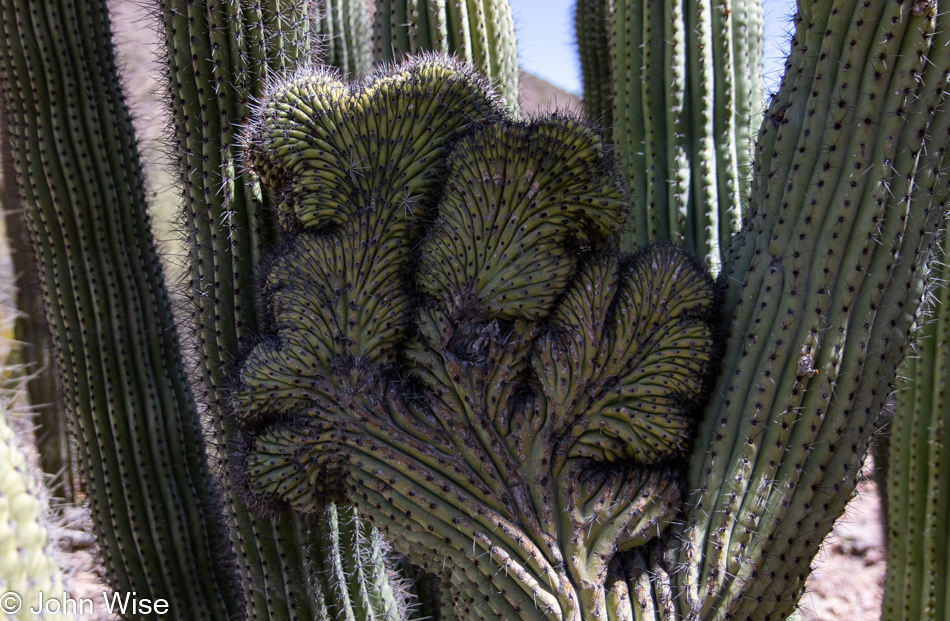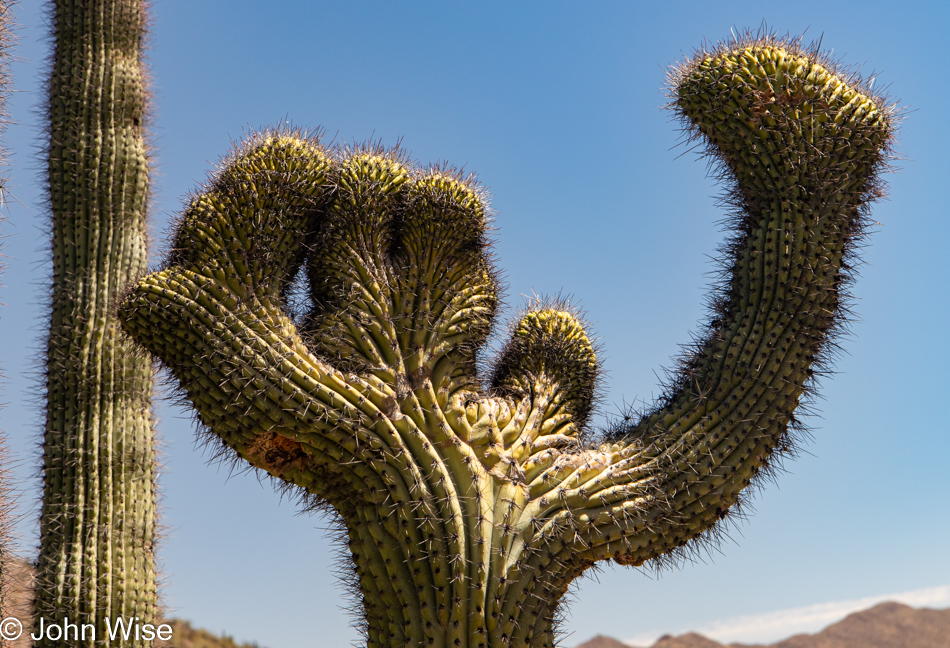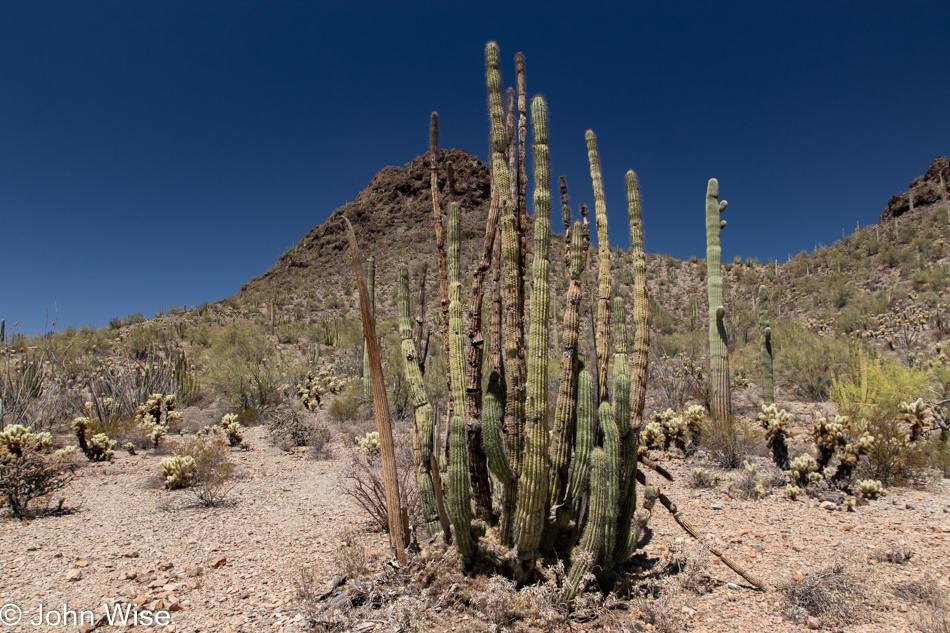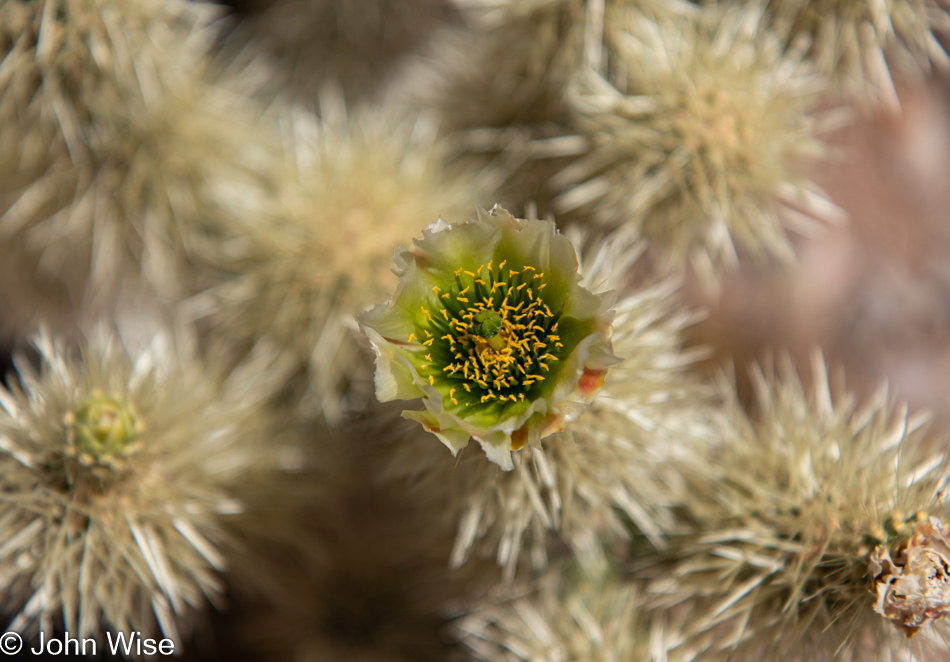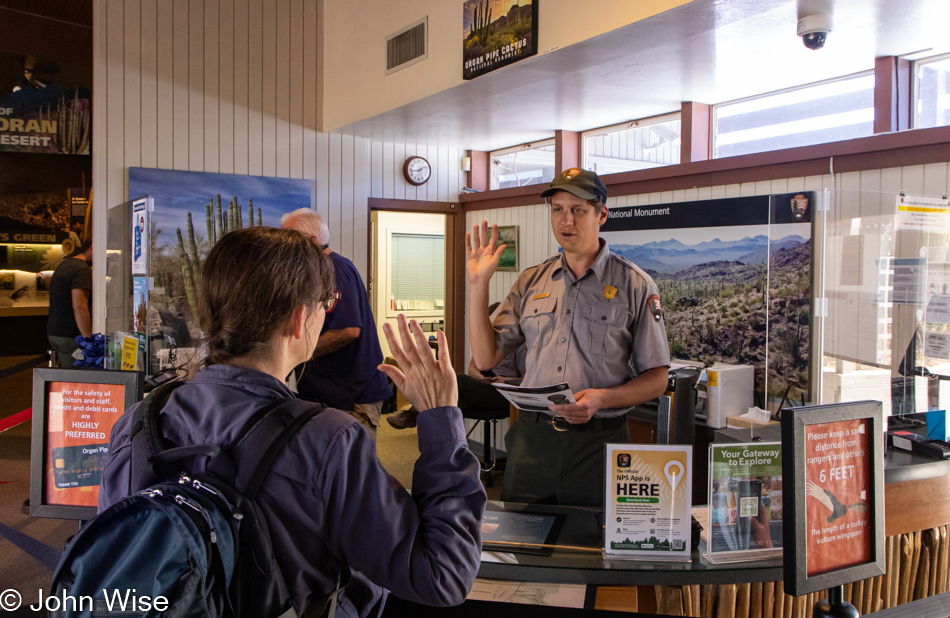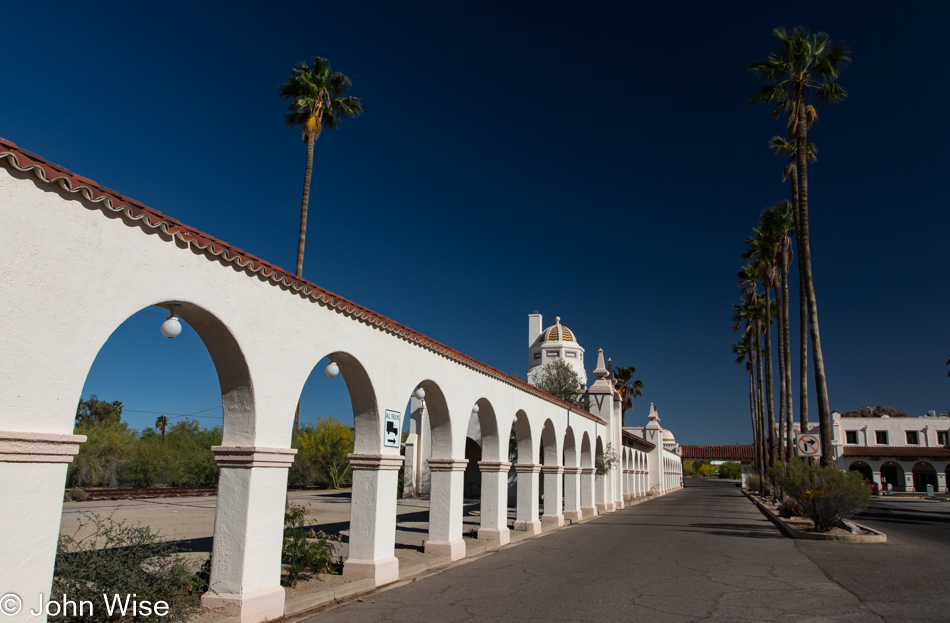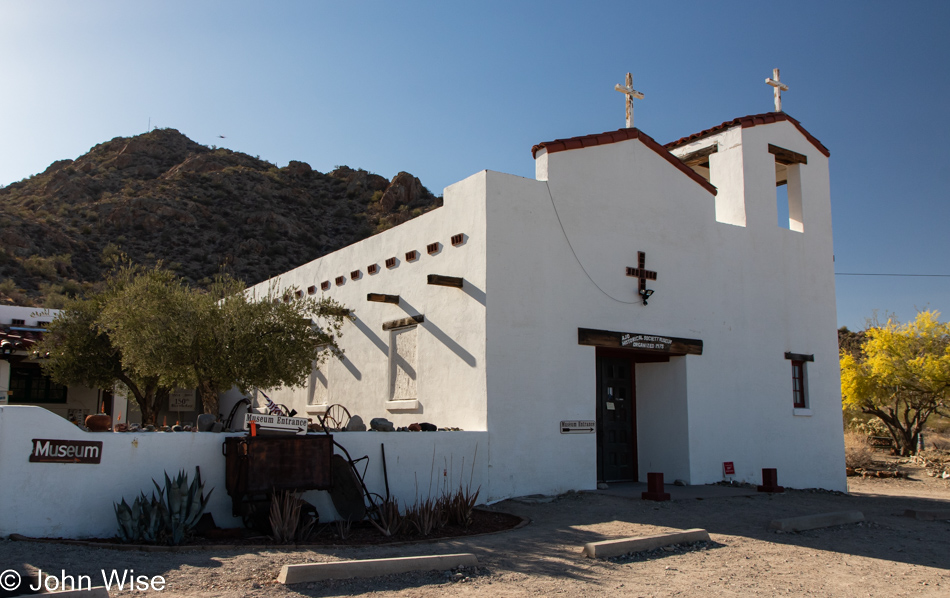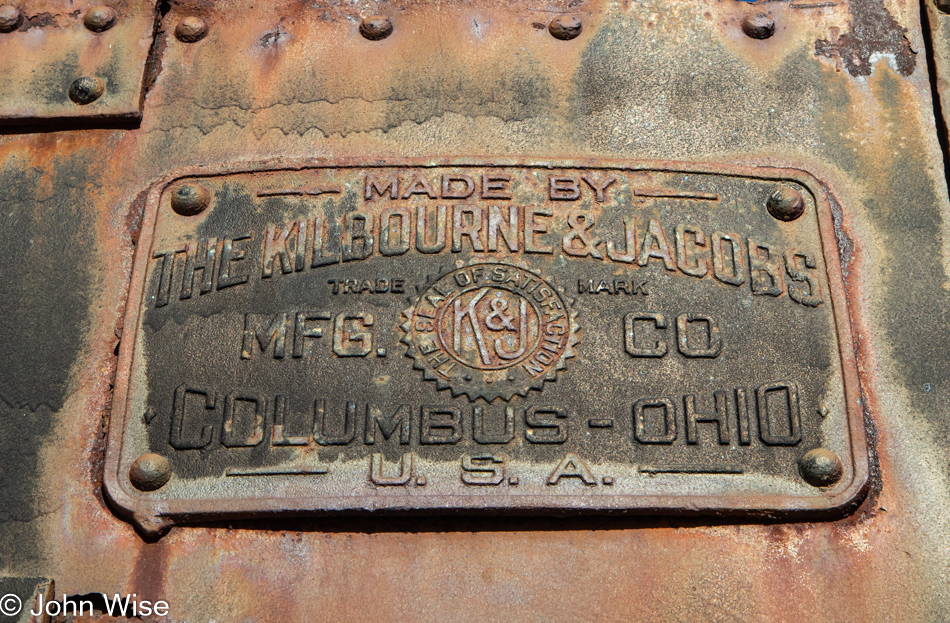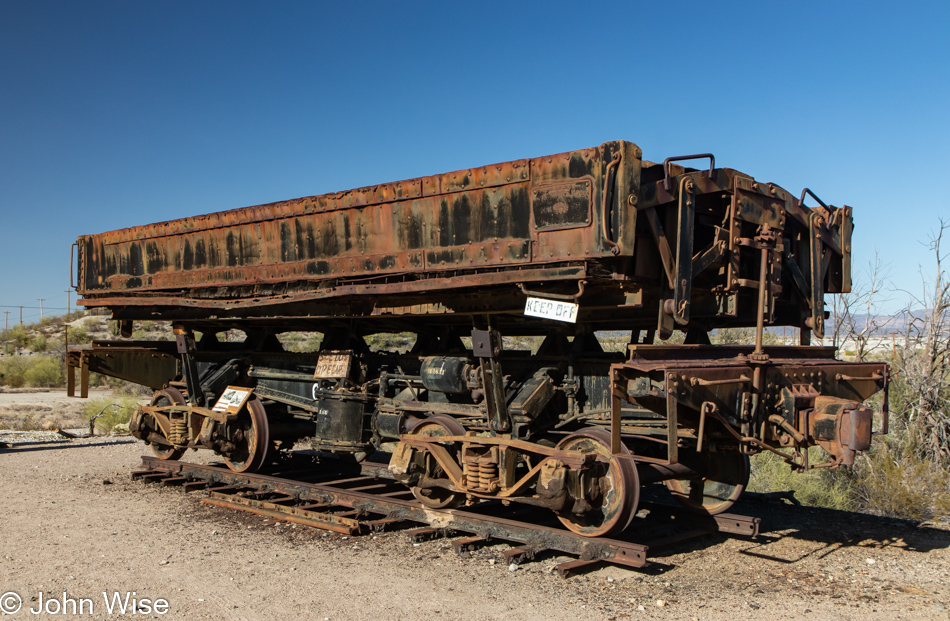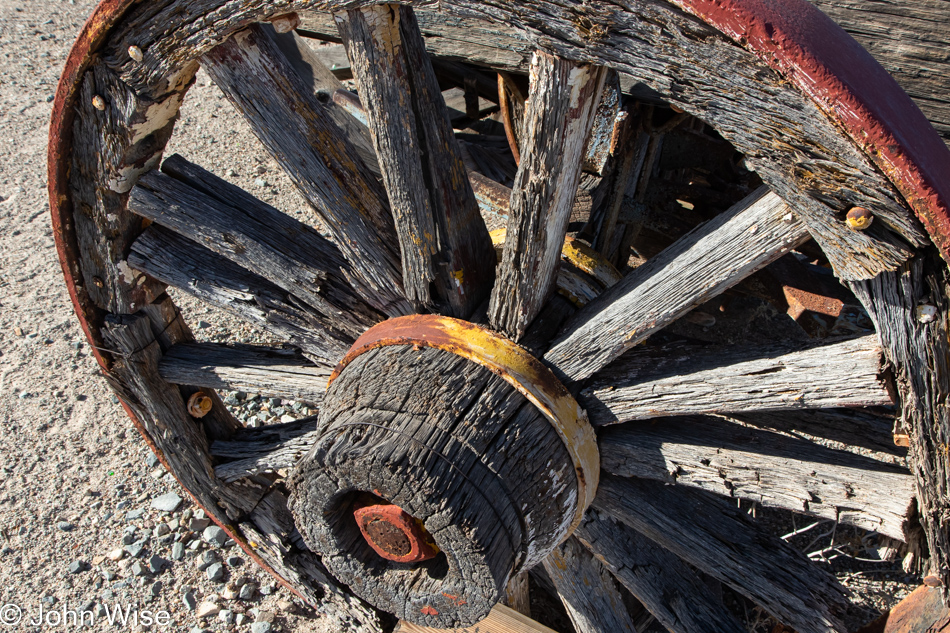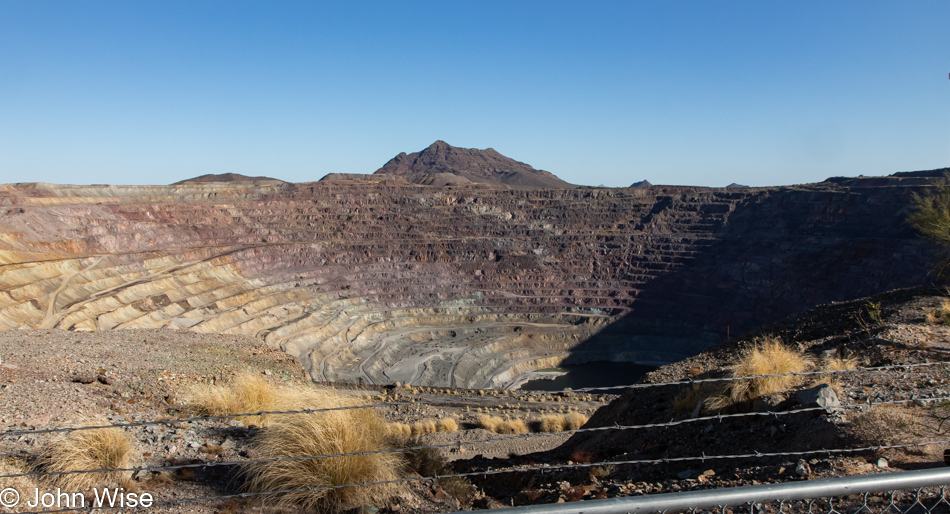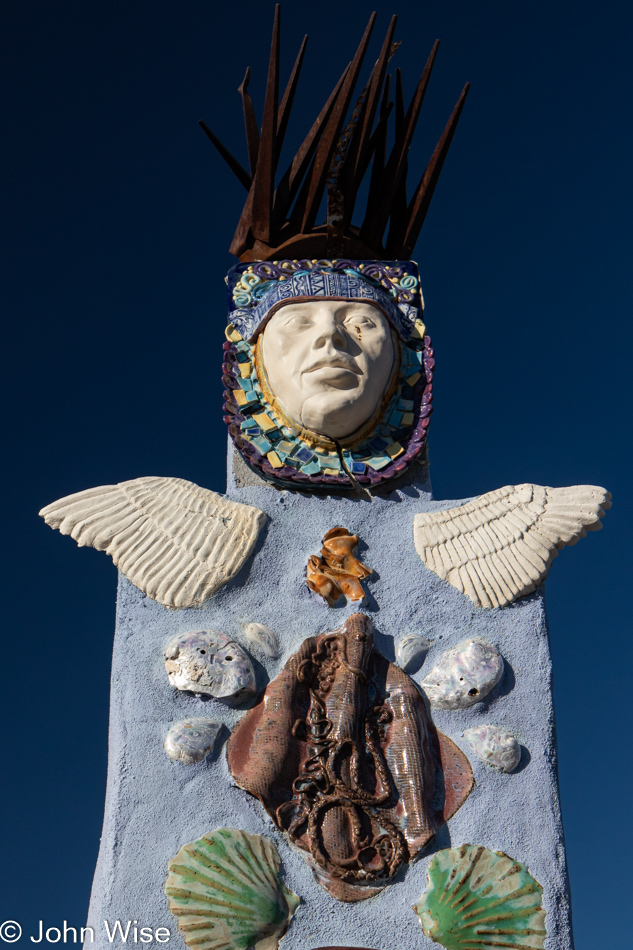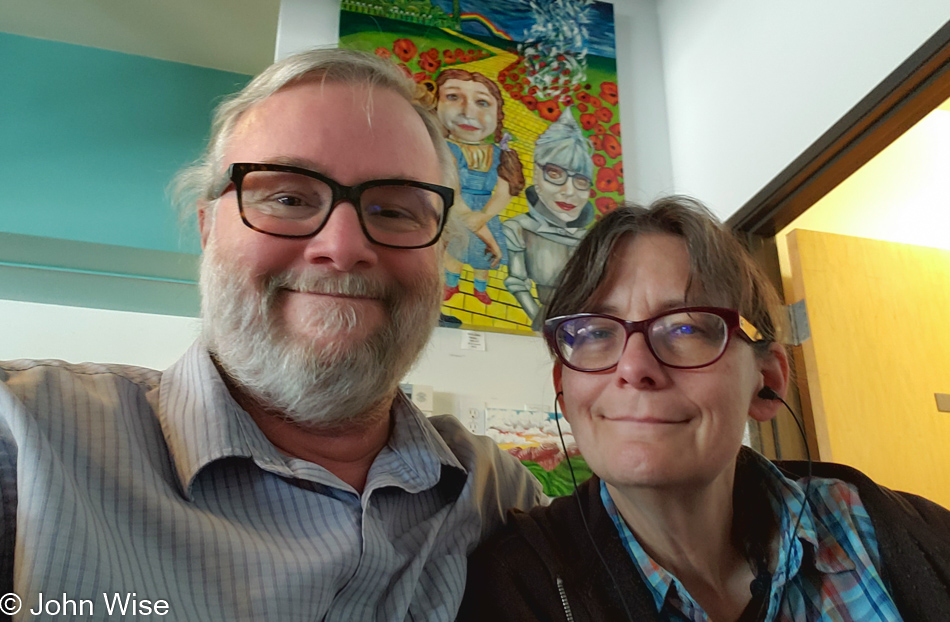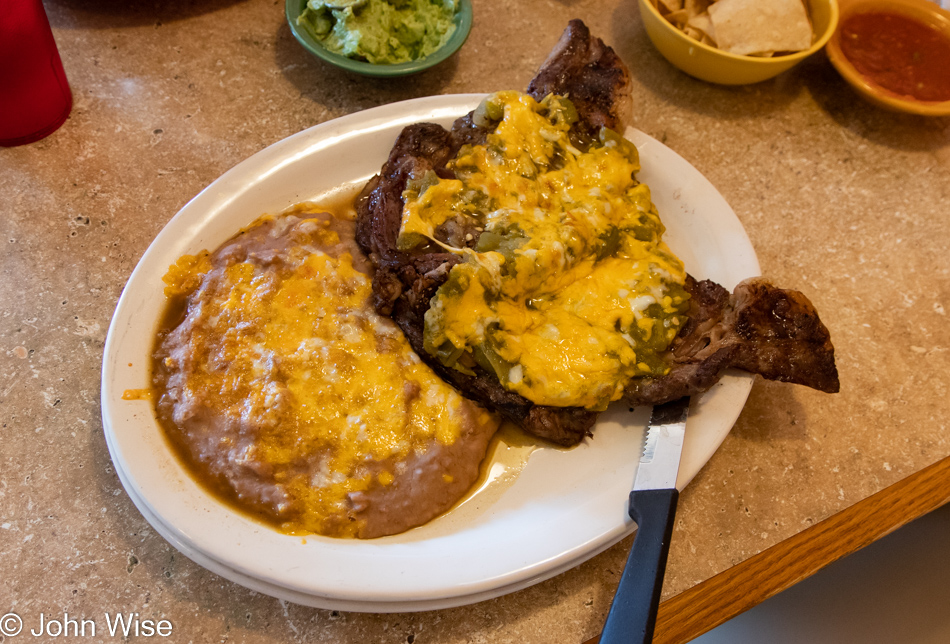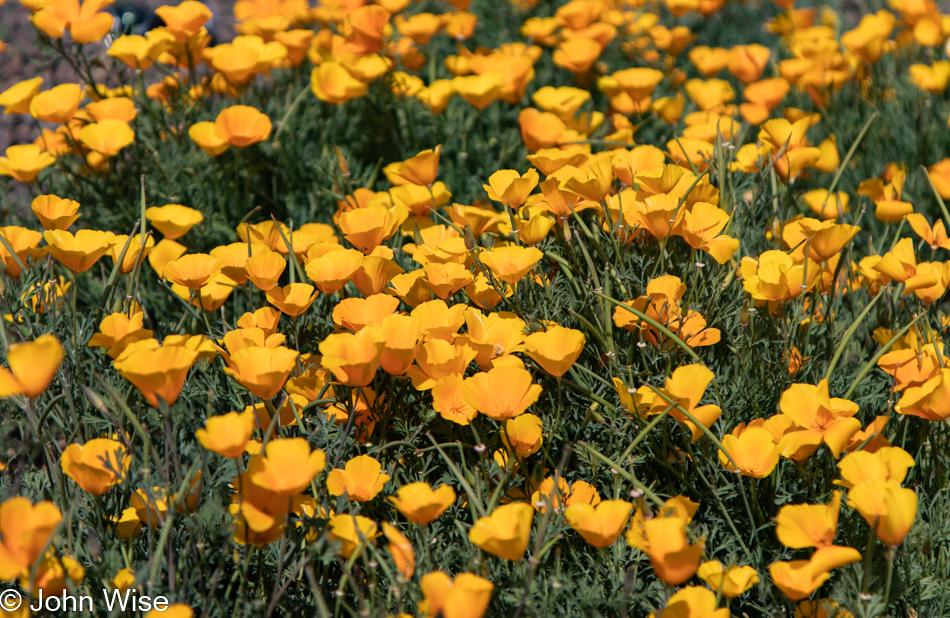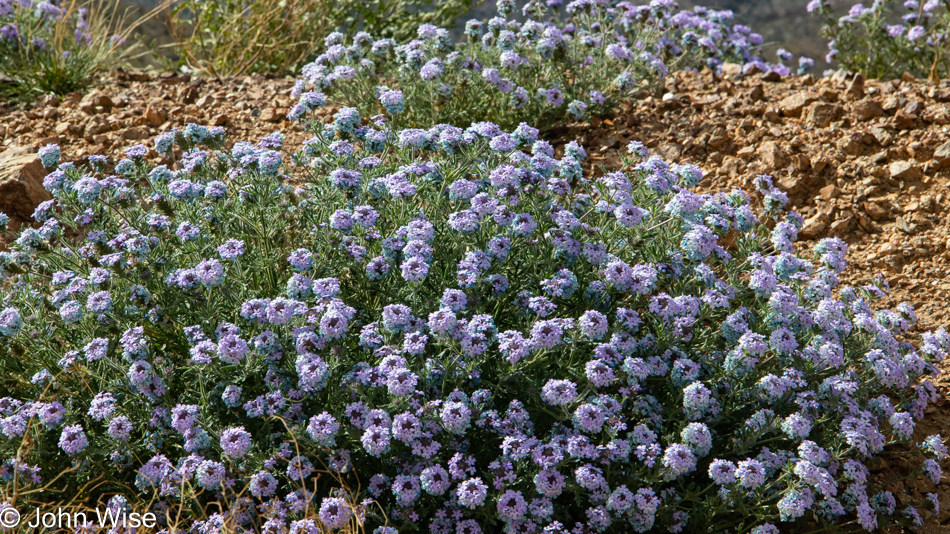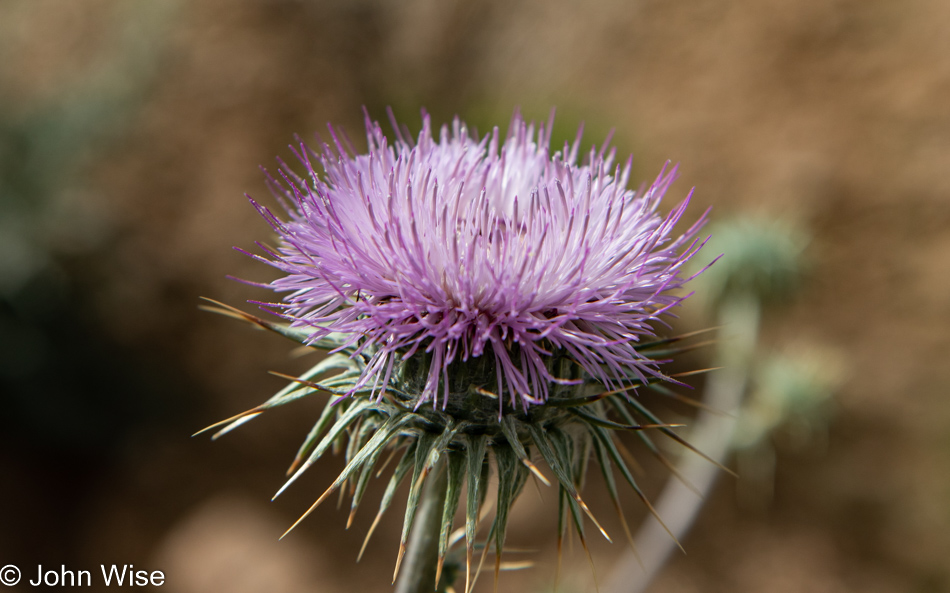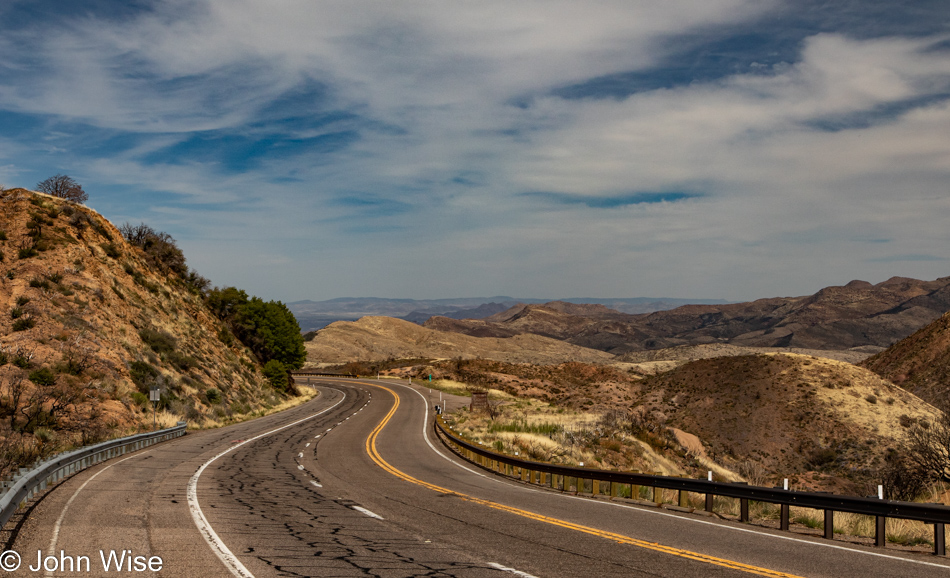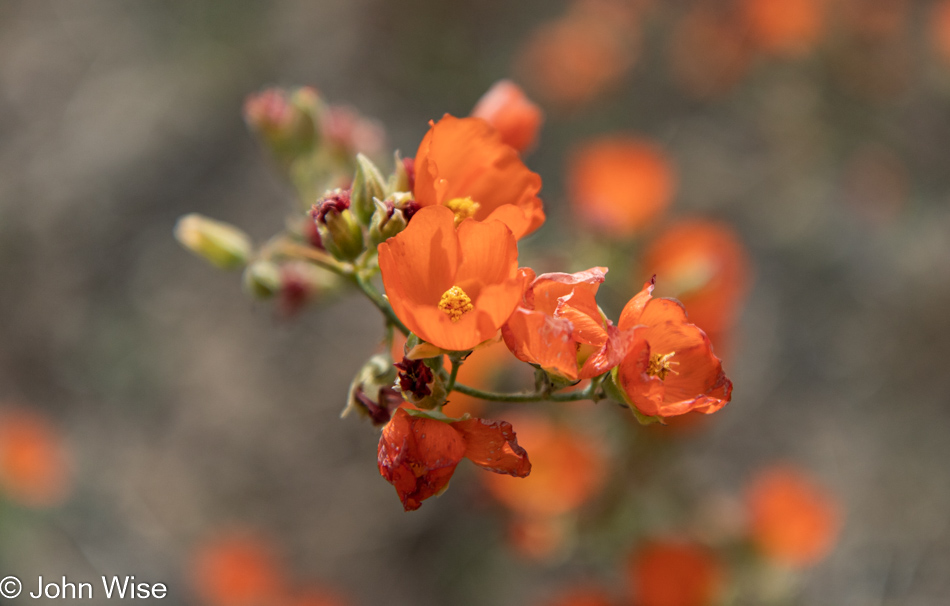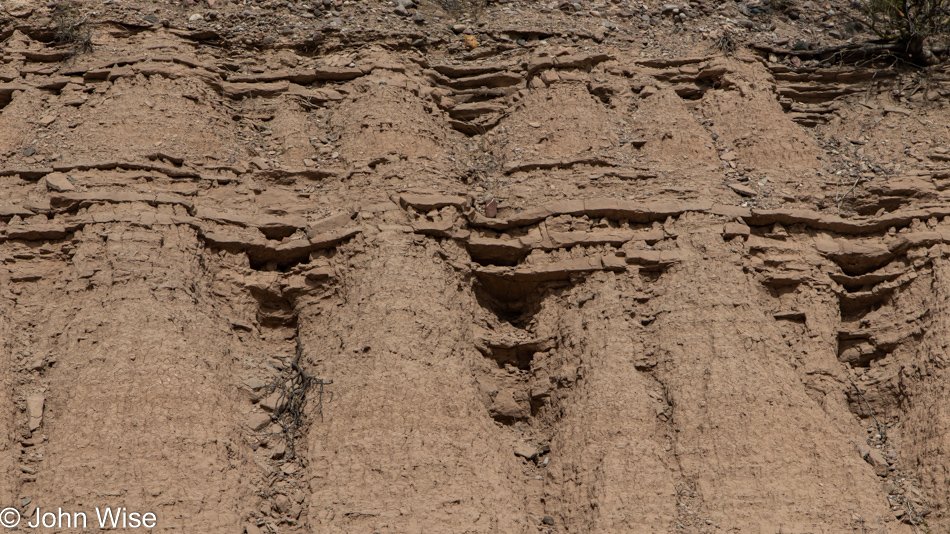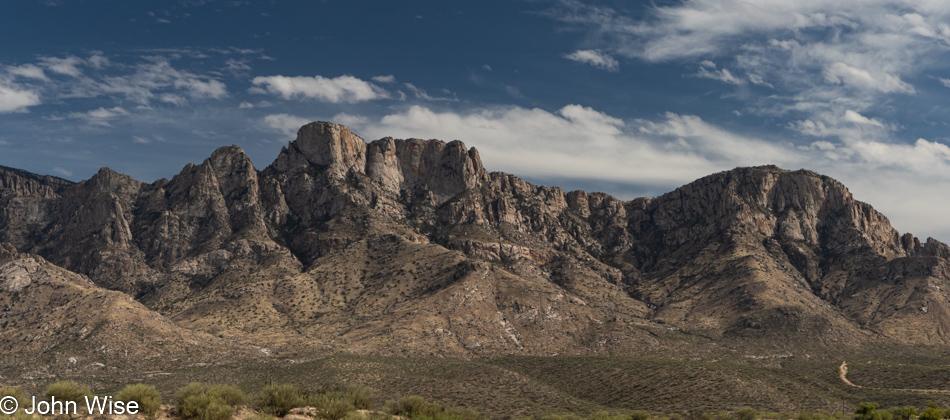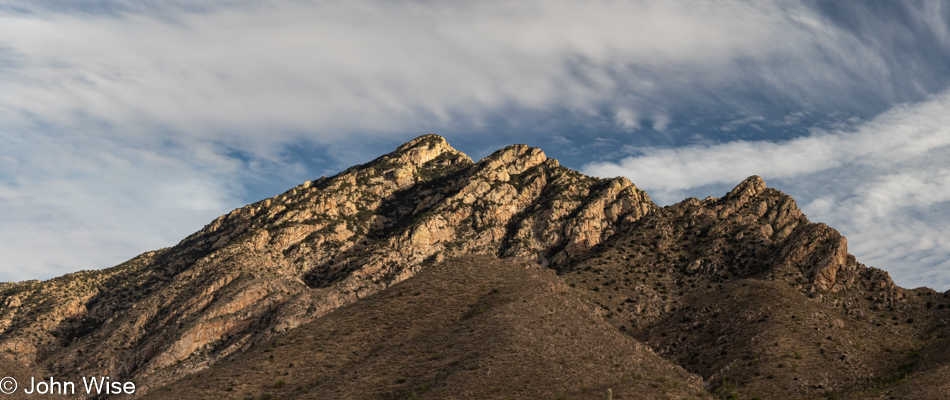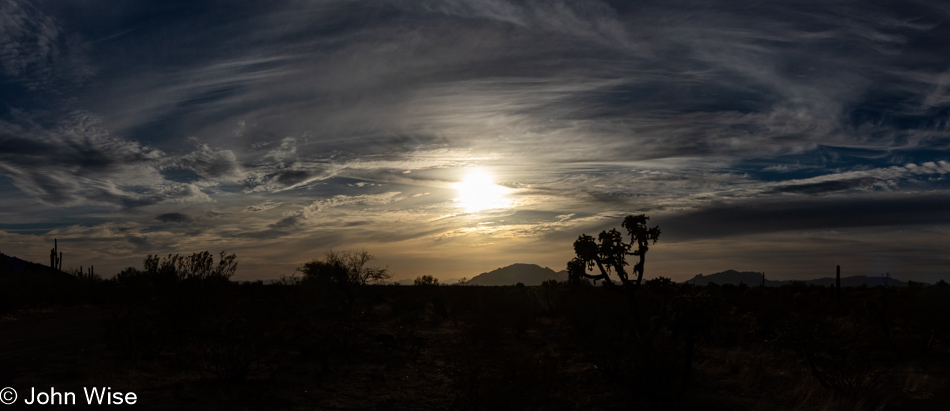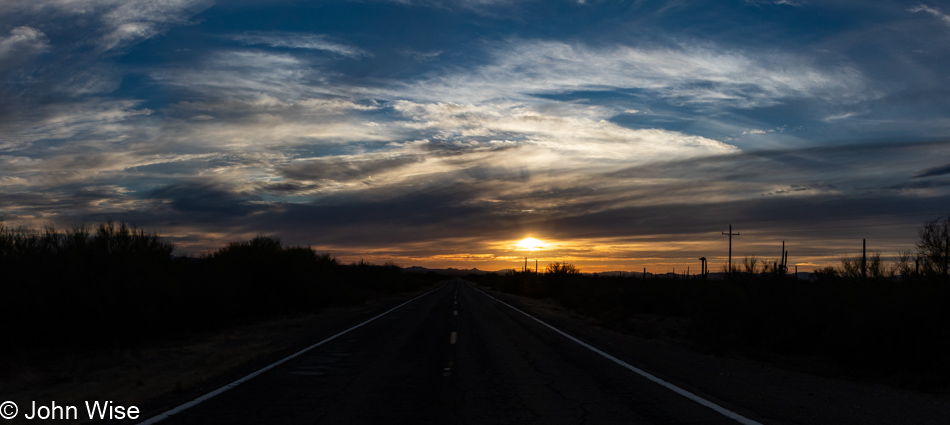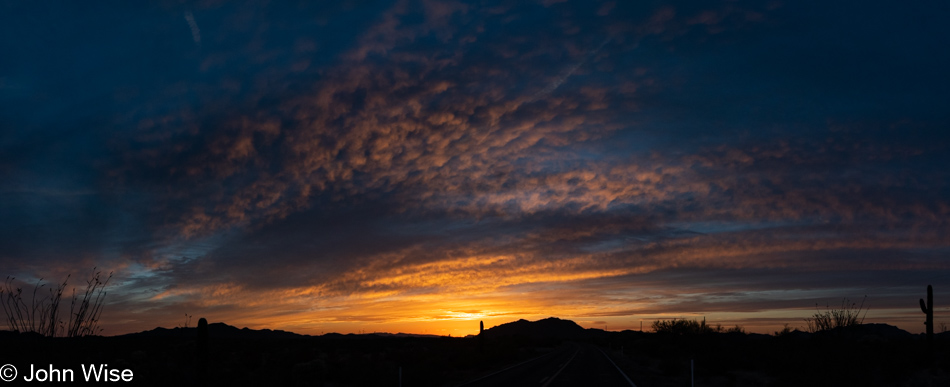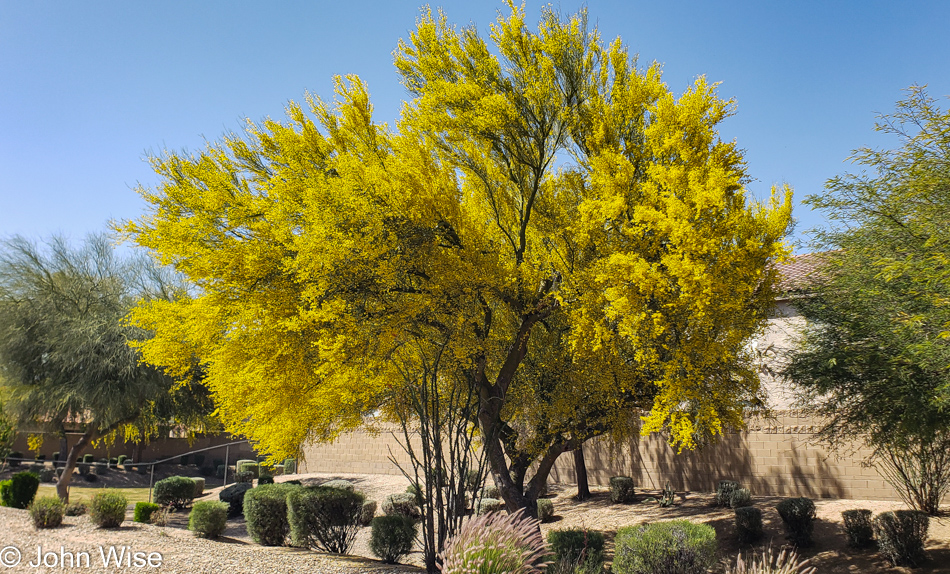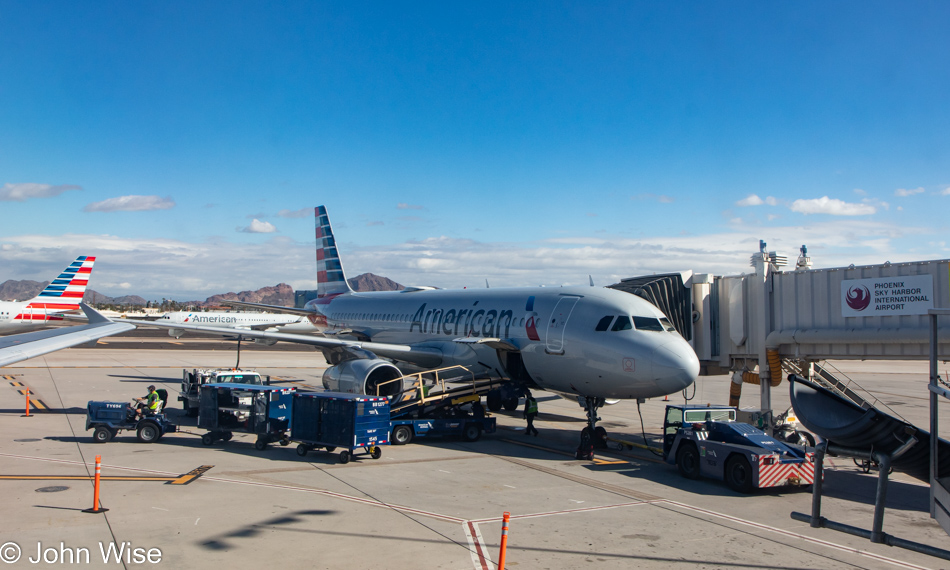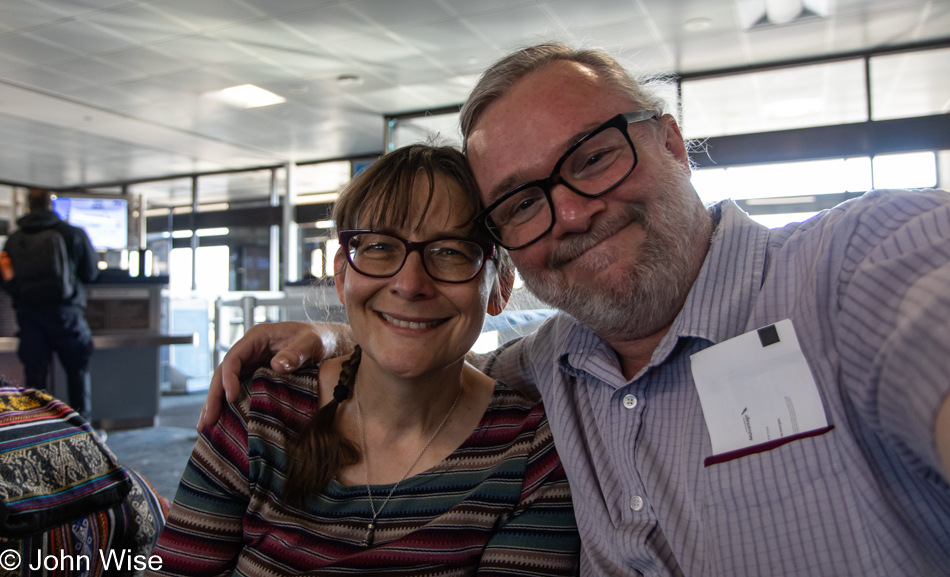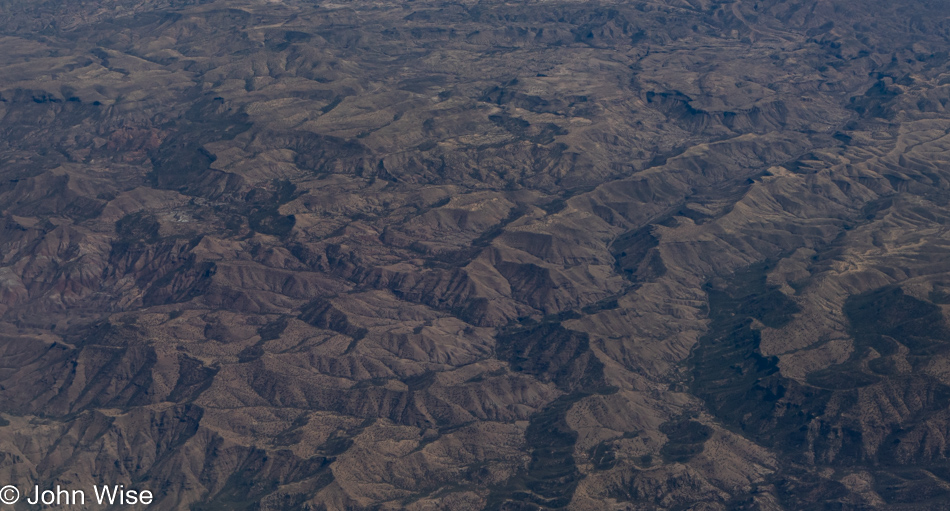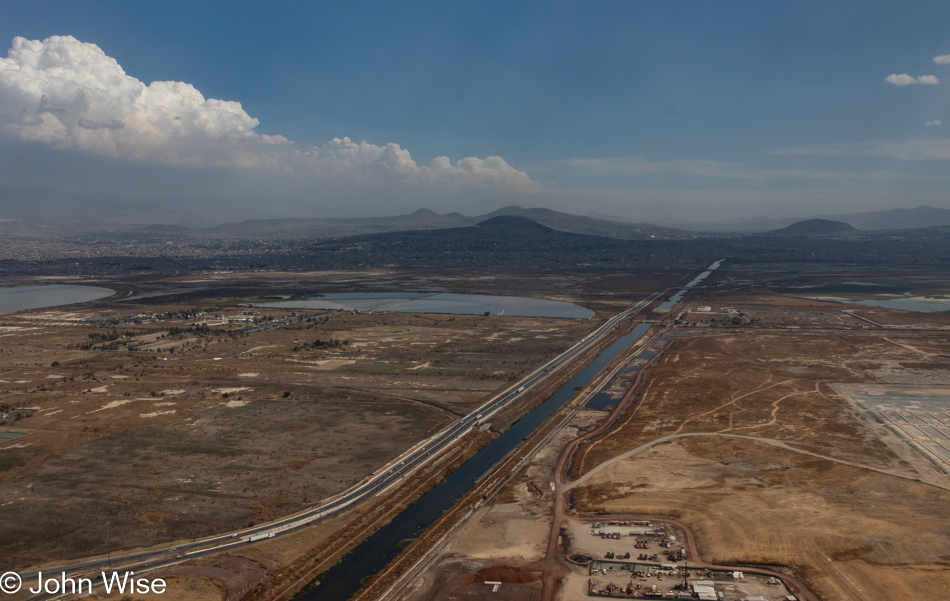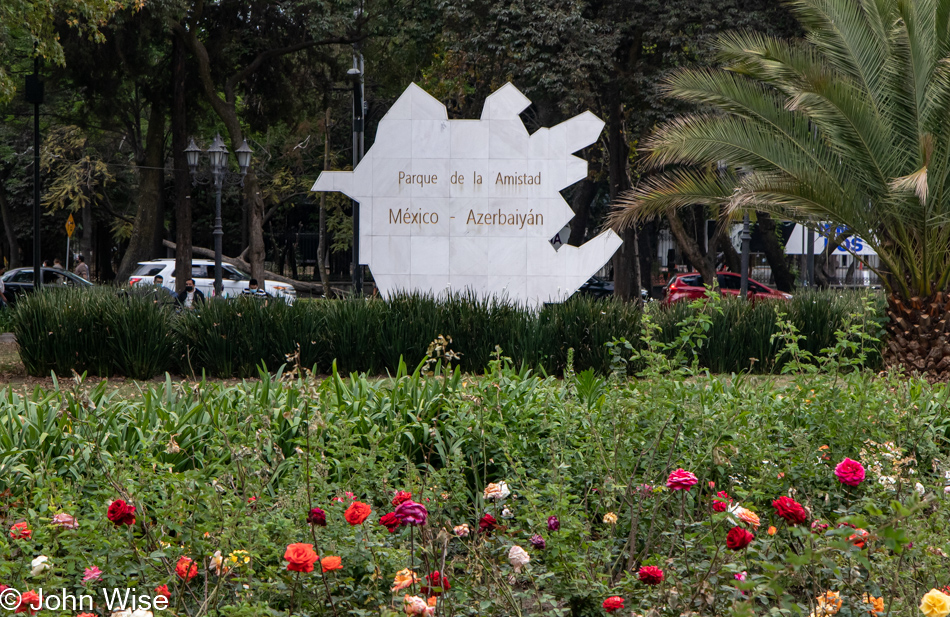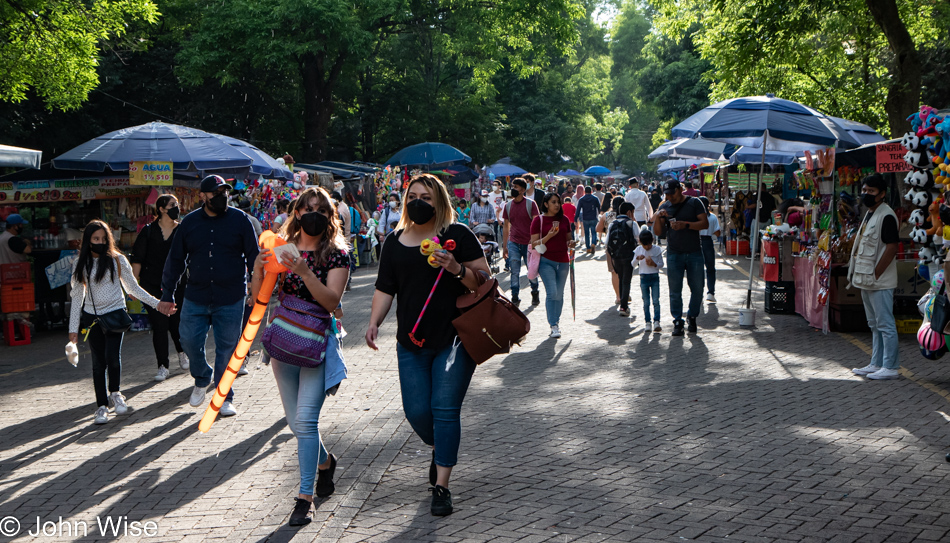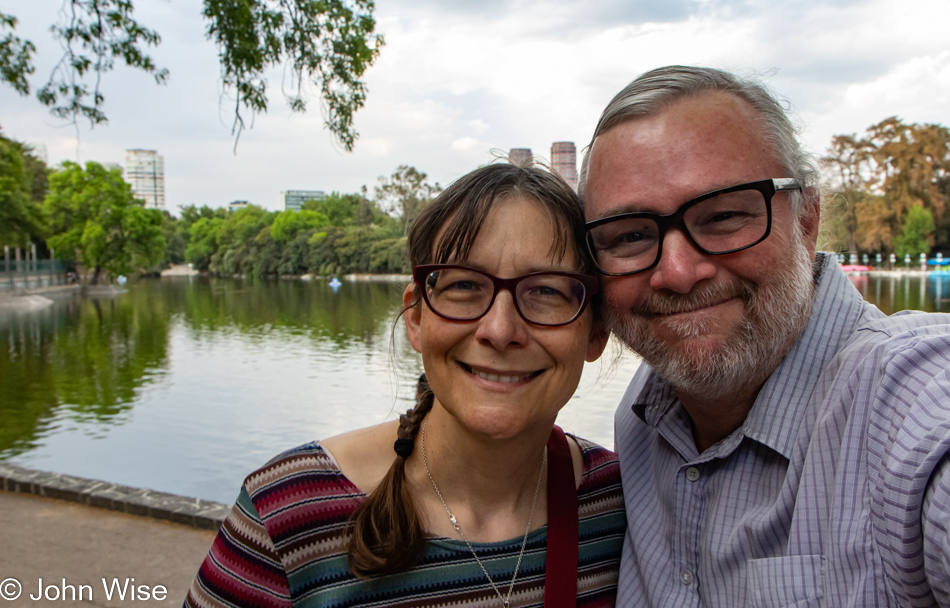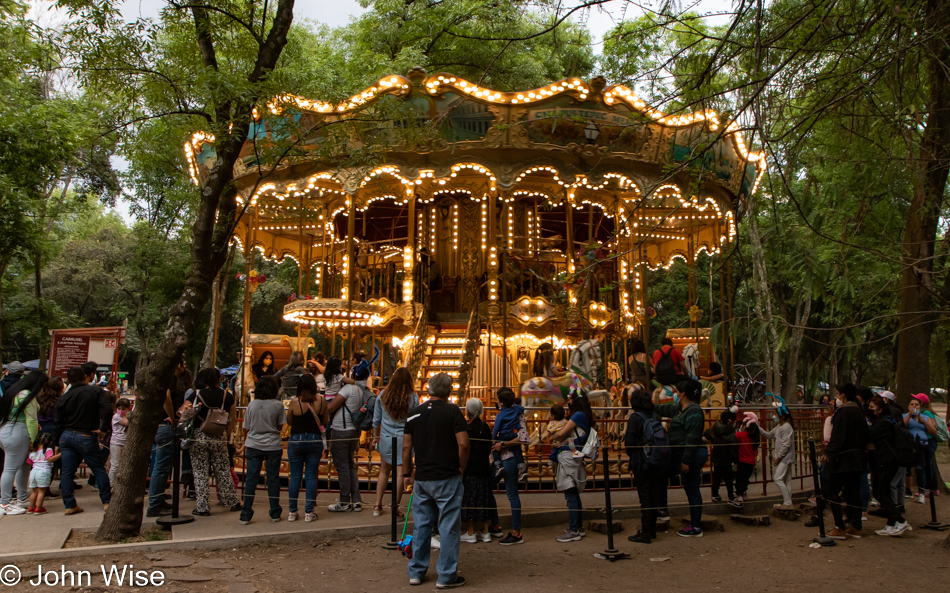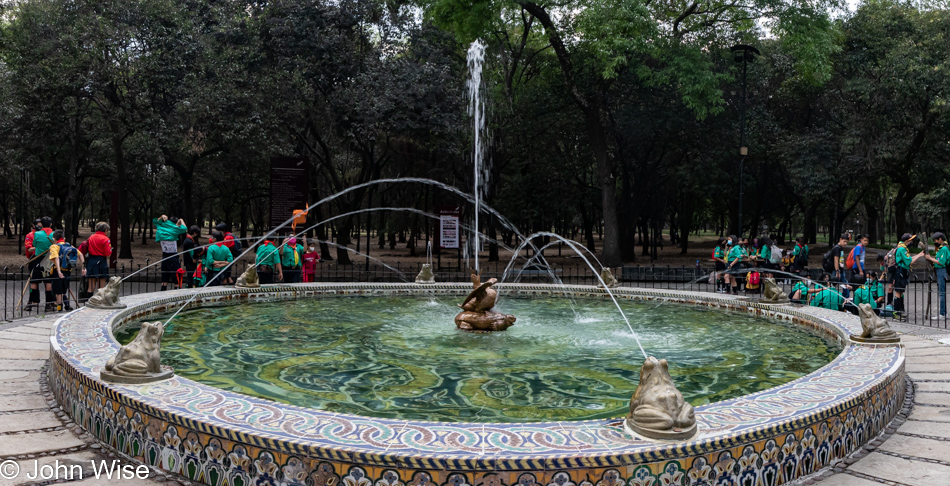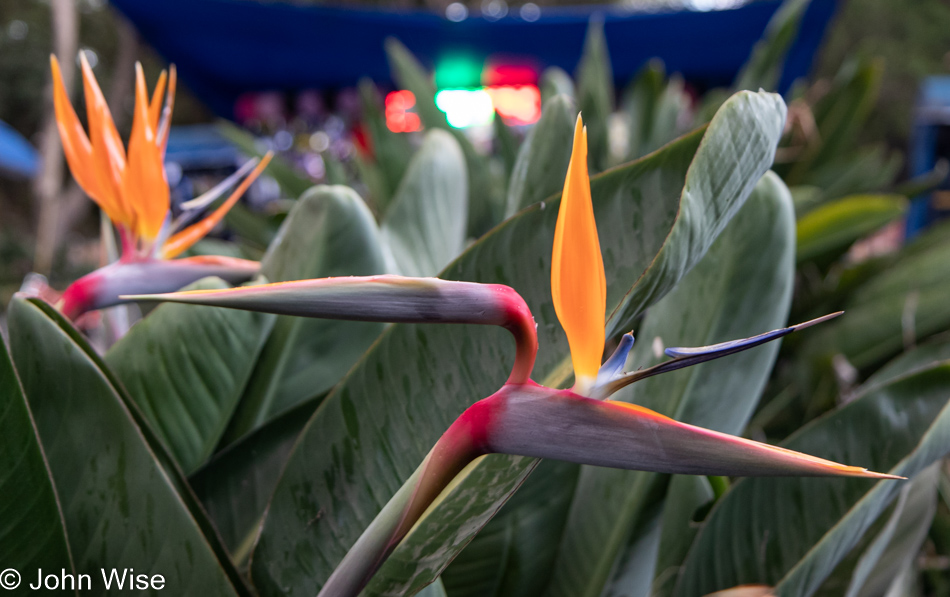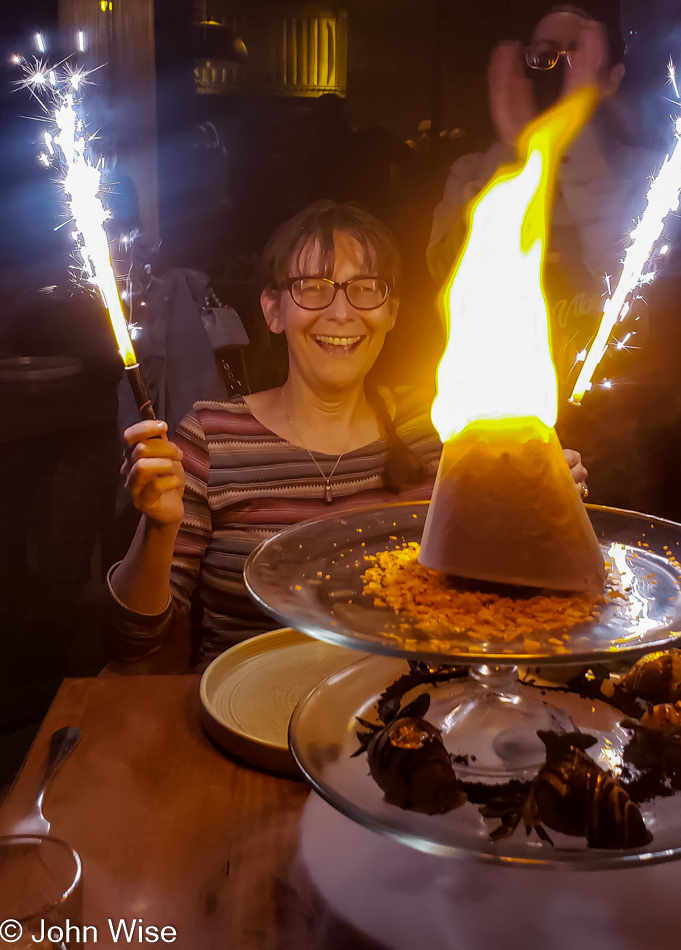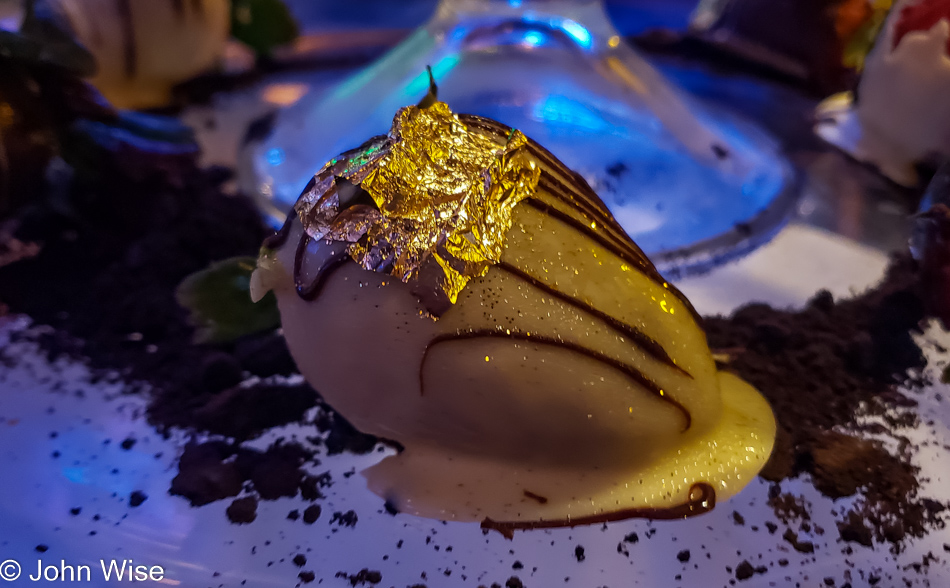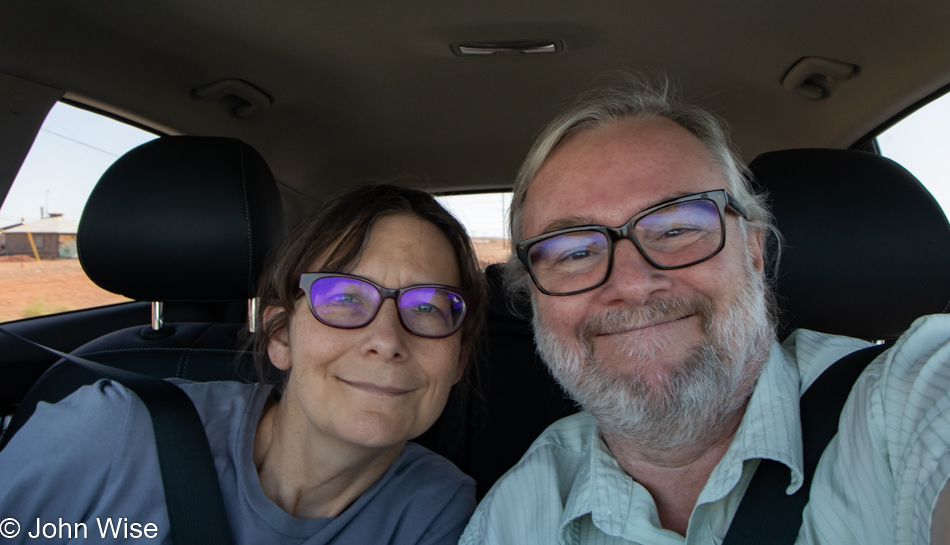
It’s already been a fortnight since our last travels that took us south, down to Ajo, Arizona, on the Mexican border; today, we head north. For the trip before that weekend in Ajo, we headed to Los Angeles, and so, as a preview of our next outing two weeks after this, I hope you might already guess that we’ll be going east. Today’s adventure, however, will bring us to Bryce National Park in Utah, about 80 miles north of the Arizona border.
Late last year, I took our friend Brinn up to Bryce to get his head out of some difficulties he was dealing with and realized it was likely well over ten years since Caroline last visited. After checking all blog posts, I surmise it might actually be closer to 20 years. It’s unfathomable that it’s been that long as the images of the park are never very far from our memories. Another aspect of this being a shame is that we are a mere 420 miles from the park. On the other hand, we have to avoid the place in summer: too crowded, yet we likely won’t be hiking in the winter because of too much snow. And so we have late April through the end of May and late September to early November to spend quality time there.
While I would love to bring Caroline back to the trail we’ve hiked together before (the same one that Brinn and I were on last year), it’s time for the two of us to capture the park from different perspectives, and to that end, I have a 7.8-mile hike scheduled on Saturday and an 8.7-mile hike for Sunday. While we are prepared for chilly mornings, both days should be mostly sunny with highs in the mid-60s; sunrise won’t be until 6:30, while sunset doesn’t arrive until 8:15.
Well, enough of this small talk; I have a few things to finish before we depart in a short 2 hours, as in lunch…
…That was 10:00, and now it’s noon. We are packed, fed, and about to get on the road. Next stop, Flagstaff for coffee and gasoline.
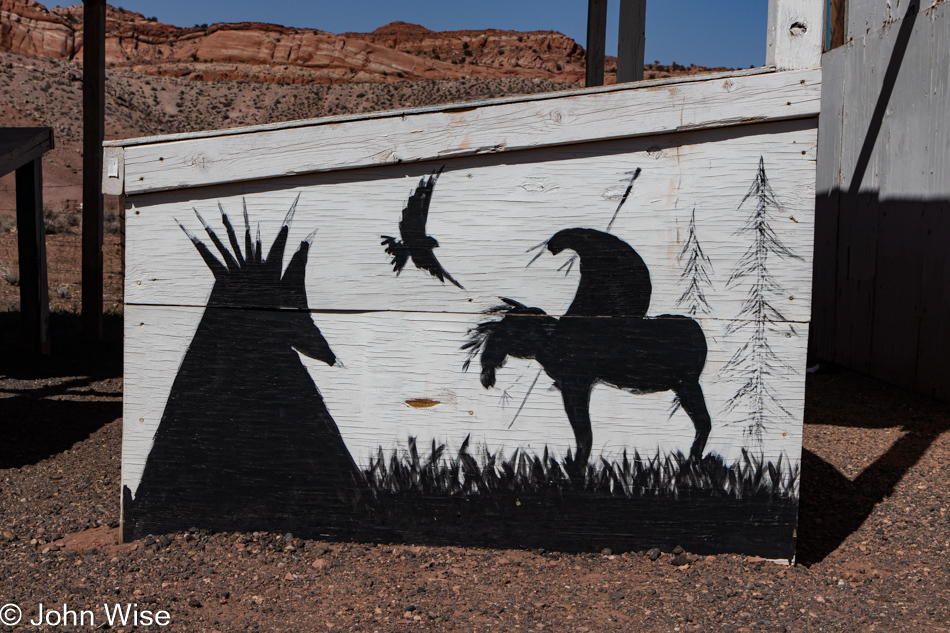
We are now well north of the big cities and moving deeper into the quiet of a landscape we are in love with. Along the way, we pass dozens of Native American roadside vendor stands that often look as though they’ve been abandoned for years. I’ve likely shared this more than a few times, but we miss the old Chief Yellowhorse stop along the road up here as they really worked the cheesy signs welcoming drivers traveling along this dusty path. Occasionally, there’s a bit of art that adorns these plywood stands that somehow endures the harsh winds and blistering sun that wears down the surrounding mountains. Maybe I’m drawn to them due to a romantic notion of what these stands harken back to from a different age when innocence and naivety allowed people to enjoy simpler things that still felt exotic.
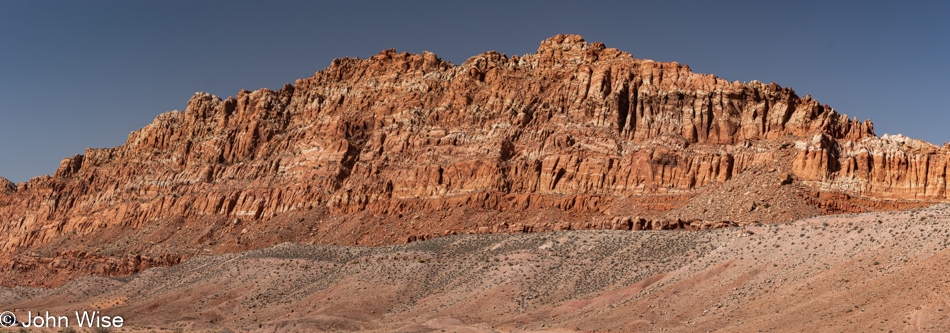
But, like with all things, there is no such thing as permanence. Everything under the sun fades away. With enough time, mountains are turned to dust, and maybe too quickly, people’s dreams turn to dust, too. We’ve passed this fin countless times and while its erosion is imperceptible to us, the erasing of human activity here appears accelerated. There are homes and families that exist right along this road that straddles an invisible Grand Canyon on our left that is just out of view, but opportunities to succeed are rare, and with fewer and fewer travelers interested in souvenirs from the exotic old west and the Indians that scrape by, what’s here that represents humanity, aside from the asphalt, will ultimately also turn to dust. So, you better gather your experiences and live your life out in the real while it still remains.
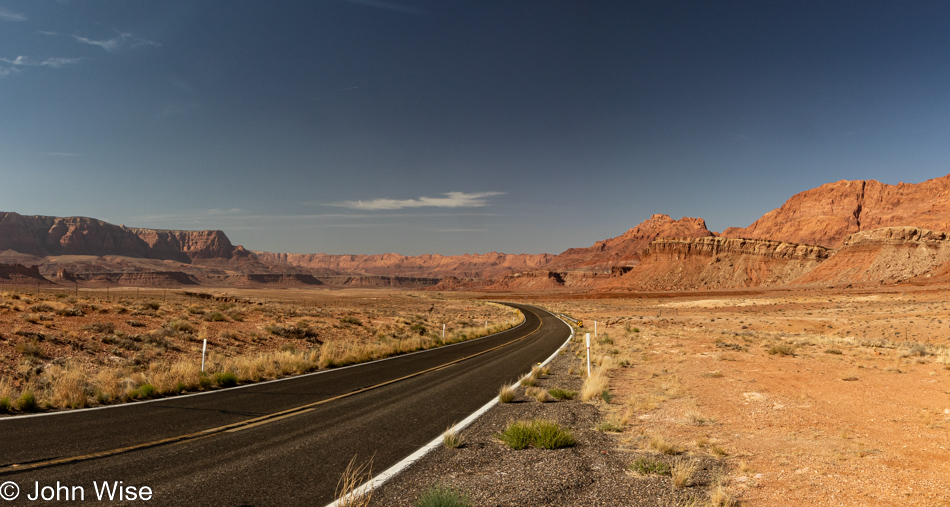
Just ahead and moving off to the northeast is the rapidly disappearing Colorado River. While the river remains flowing from its catchment basin further upstream, our demands on harnessing and wasting it tax the entire ecosystem so we can feed golf courses, fill swimming pools, water the grass at our homes in the surrounding deserts, and create entertaining fountains over in Las Vegas. In other words, we are idiots failing to understand any sense of balance. Is our disconnect from these environments poisoning our responsibility that we’ve offloaded to weak politicians, celebrities, and those who put financial gain above survival? It would appear that we are driving into an oblivion of nothingness.
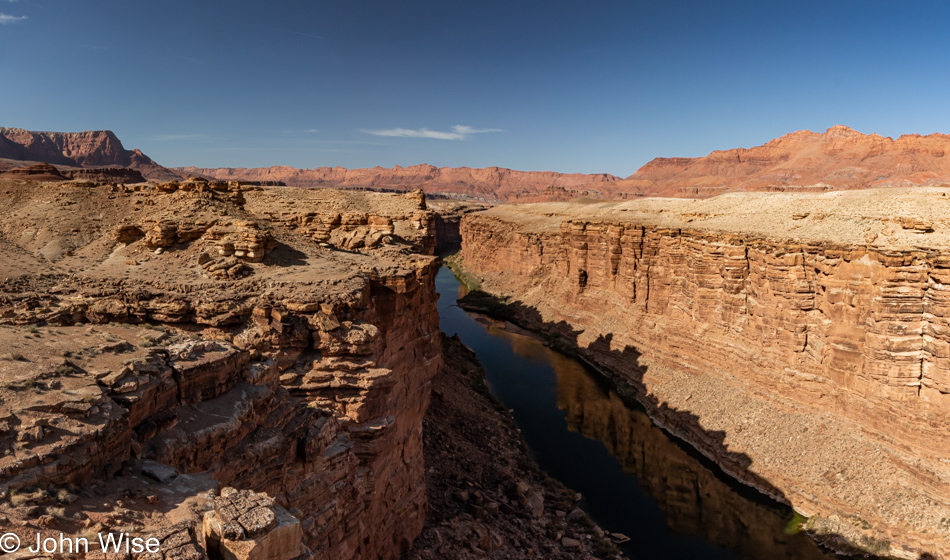
A shadow mirror deep below the edge is the lifeblood of all living things; we call it water. A dozen years ago, Caroline and I grew wealthier than many people on earth as we were afforded the luxury of traveling this muddy liquid highway called the Colorado River. From above, we are on an old highway bridge turned pedestrian bridge from which we can look right into the Grand Canyon. It’s not the view everyone is familiar with, but 5 miles north is Lees Ferry and the official beginning of the Grand Canyon, where mile marker zero denotes the launch point for rafting adventure into the canyon containing this mighty river. A singular moment was required to make the decision to travel through the “Big Ditch” which turned into one of the best opportunities we’ve offered ourselves. Any and all sacrifices should be met to afford one’s self these once-in-a-lifetime experiences that change the fabric of who we are and how we see our place on this planet. We can no longer see the Colorado or the lakes that try to contain it and not consider the impacts we inflict upon all of life in the Southwest as society takes water for granted.
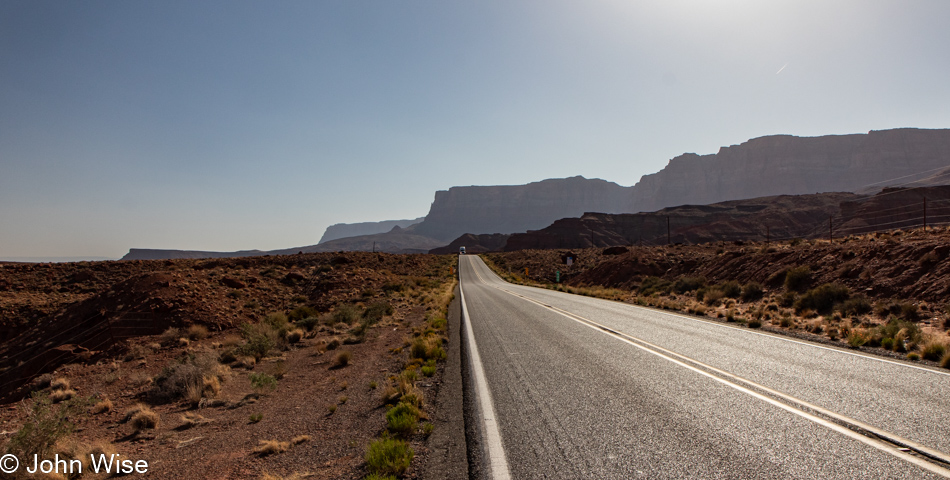
I’m well aware that many of my themes by now are well-worn and maybe even tired, but if there is any real connection to the beauty taken from these spectacular landscapes that resonate within me, then there must also be a deeper appreciation and desire to protect and respect these environments in such esteem where important words bear repeating. Speaking of repeating, this road has been driven countless times, not that I couldn’t figure out roughly just how many times, but I don’t want to as I enjoy the idea that I can no longer really know as it’s that familiar.
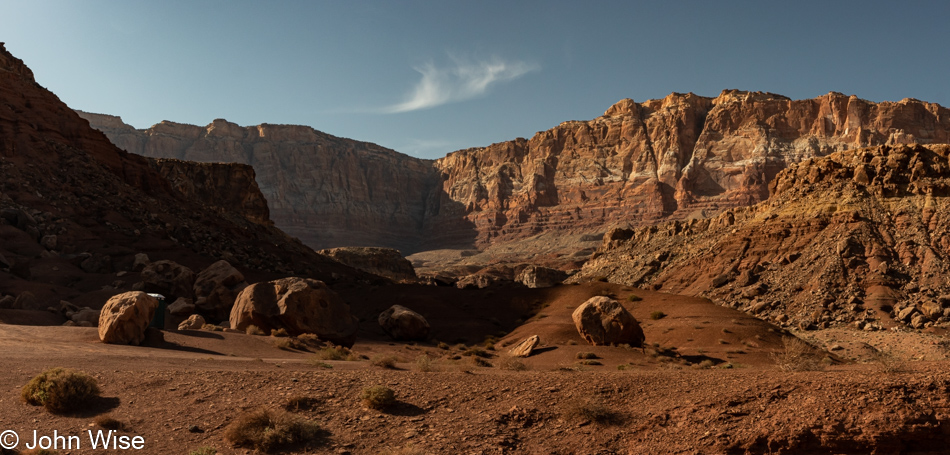
I know these sights, no I don’t. Well, not having a photographic memory, I can’t say I truly know them, but they must be somewhere in the recesses of my mind as I know for certain we’ve passed through here before. We are fortunate to have these imperfect recollections where if we are inclined to return to a place that brought us wonder, it can be new once again and inspire fresh awe.
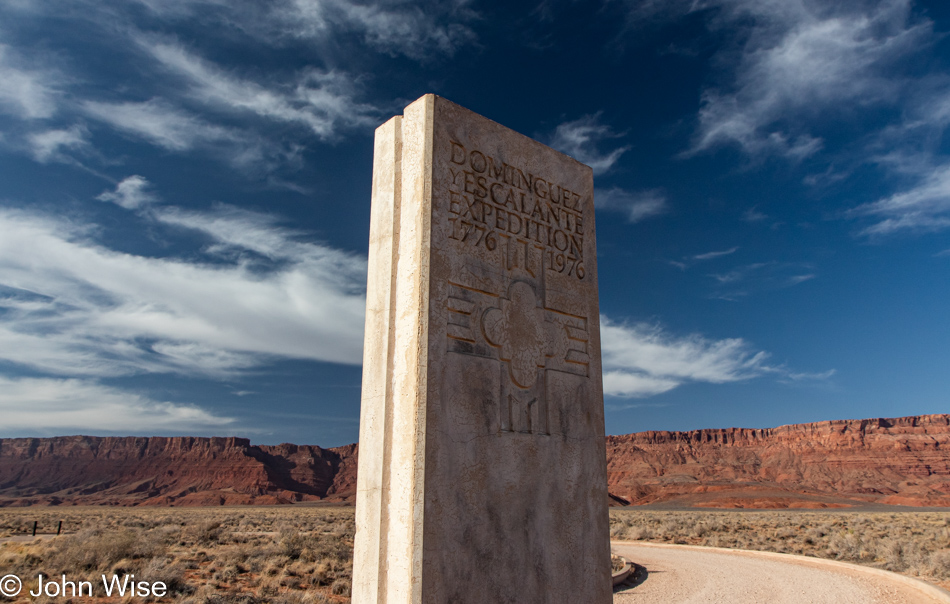
Did we miss this monument on previous excursions through the area, or is this dedication to the Dominquez-Escalante Expedition of 1776-1777 been placed here recently? Who cares, we needed to stop to even figure out who he was. So, it wasn’t a he but them. They were Franciscan friars Atanasio Dominguez and Silvestre Velez de Escalante, who ventured into the wilderness to document what they found on their 2,000-mile 6-month exploration to California. They never made it to that territory due to the approach of winter, but their journal served to help Lewis & Clark with their expedition in 1803, and so, as you might guess, I’ll head over to Amazon to grab a copy of their document of what they found nearly 250 years ago before the indigenous cultures were forced to cede their identities to the wave of invaders that were at their doorstep.

While back on the Navajo Bridge, a man who’d taken his chair out on the bridge to watch condors told us of a rookery out near House Rock and that there were now over 100 condors in the area. To be honest, I was skeptical, but a sign for the Vermillion Cliffs National Monument with a map showed a condor viewing area up the road in House Rock Valley. Still, we were incredulous and didn’t believe there was any real chance we’d see condors if we made the detour. The turn-off is not well marked and requires a turnaround, but we thought, what does it matter if we get into Tropic, Utah, later than planned?
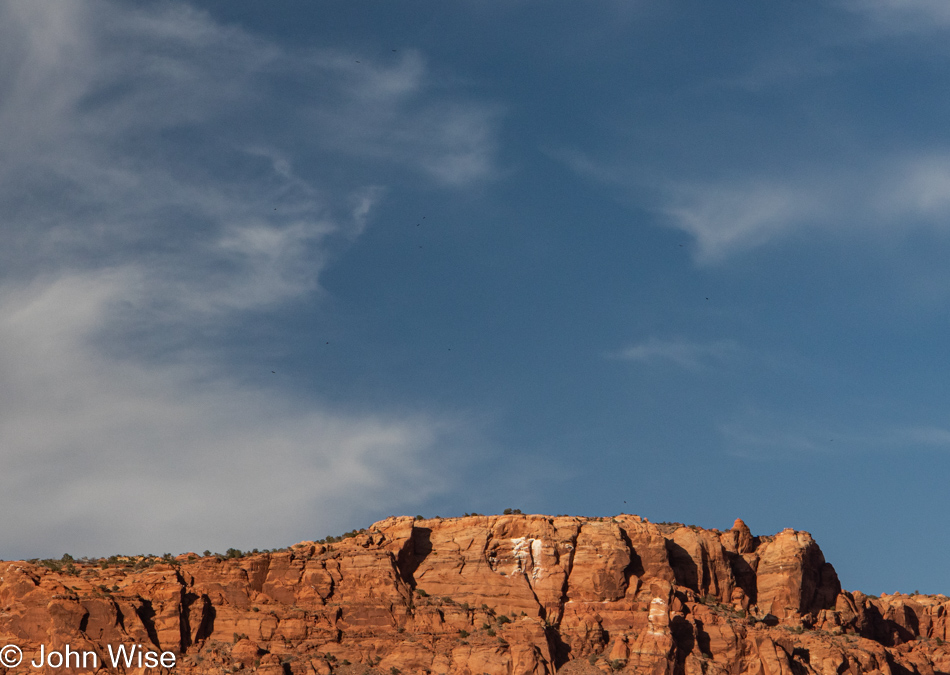
We might have been 4 miles up the gravel road before we spotted a pickup truck near a covered picnic table and two women, one with an antenna in her hands when we realized we were at the right spot. Caroline looked through a scope that is mounted here and immediately saw one of these giant California condors flying right above what turned out to be streaks of bird poop. While it may be difficult to spot in this lower-resolution photo, there are ten condors in the image above. Once again this year, we wonder out loud about these travels into nature, why we are failing to bring our binoculars and my 70-200mm lens?
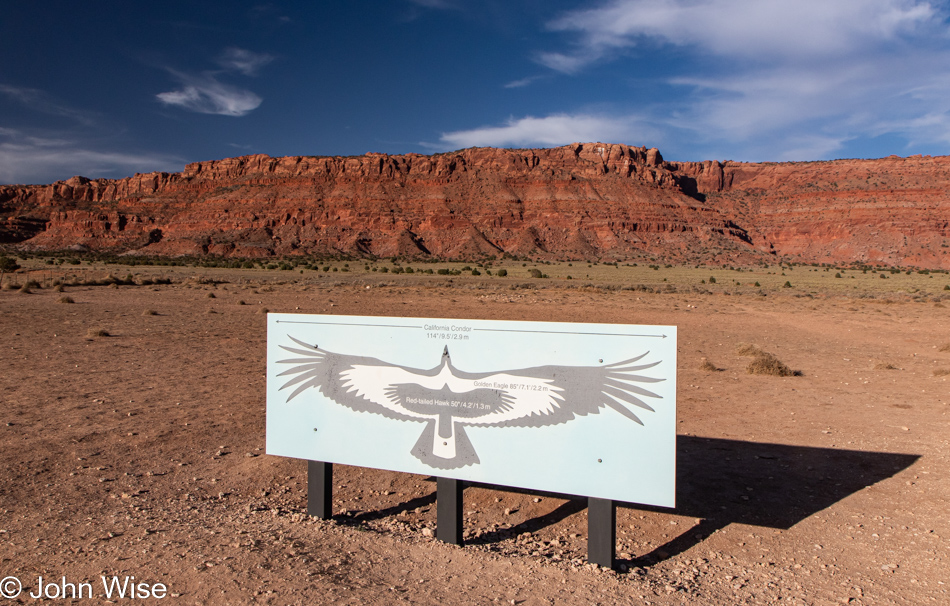
We saw more than 4% of the entire population of surviving wild California condors that exist on Earth today. This giant scavenger nearly went extinct with only 22 birds still alive back in 1982, and they are still under threat due to states like Arizona that won’t ban hunters from using lead in the bullets they use for hunting. This then begs the question: I thought hunters were not doing this for sport as much as they were shooting animals for food. If condors are scavenging carcasses that are full of lead, then it can only be due to hunters shooting whatever the fuck they want and leaving the rotting corpse to be claimed by whatever comes along to dispose of the spoils of our war against wild animals.
Then, on the other hand, there are those of us who see our tax dollars at work maintaining these trails into our wildlands where average people can drive up to see things never seeable in our cities. Driving up to a view equipped with shade, seats, a toilet, and even a scope so the curious are offered this kind of experience that is nothing but luxury. Along the way, we’ll find food, gas, lodging, and random surprises that are only accessible due to the constant support of an infrastructure that allows these types of forays, even for the hunters, off-roaders, and those happy to inflict damage to an environment I’d prefer remained pristine. But we live in a world where compromise is supposed to be the rule, and I’m good with that, though we can still try to exist within parameters that best preserve things that are beneficial to people, land, and the various species with whom we share this world.
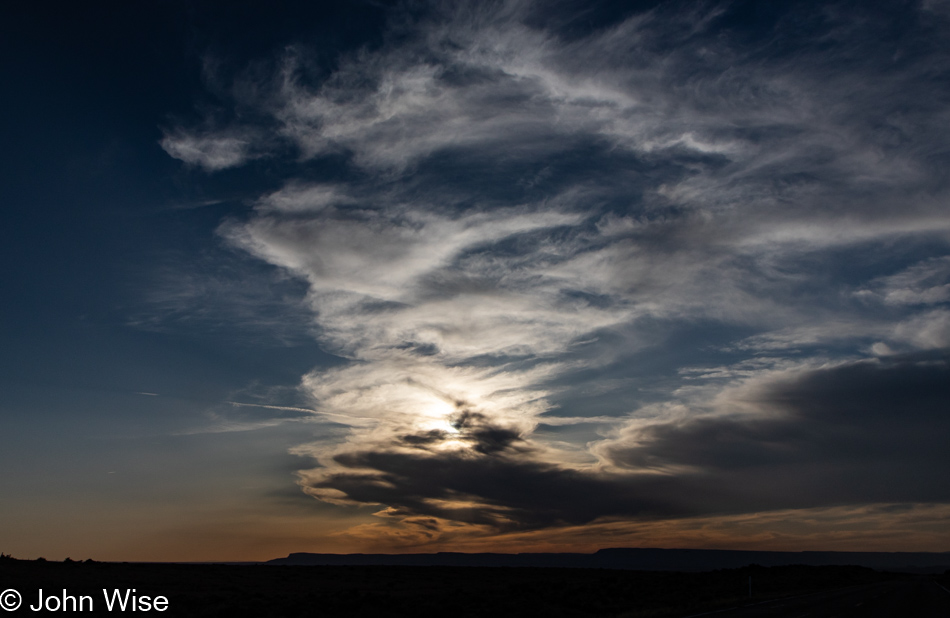
Do you see that? Can you feel what I’m trying to share? Have you seen the moments I captured over the course of our afternoon? All of this is love, love between the two of us experiencing our world, love of the opportunity to be present, love of the sights, and those who lend massive effort to our ability to have such times of life. Without the entirety of all things working in concert to allow these two people to be here in this precise instant, life might otherwise be a total chaos of randomness where order never finds an equilibrium. We must stop and harness our powers of observation and consideration to see that in the sunset, the condor, the river flowing through the canyon, and the two people tracing a path over our earth are all bringing the potential to recognize unraveling beauty, discover new love, reaffirm an engaging relationship to this brief moment in time where life happens on the most profound terms.

Our source of inner light shines for such a short time once you fall in love with all of this, but if you fail to see the horizon closing in on you, you will waste this precious resource called happiness. The phenomenon where our hearts are allowed to fill with awe, joy, surprise, and magnanimity towards ourselves and the world around us is a fleeting flash of potential that is only illuminated for the briefest of times with a prominence that will be witnessed by very few. Share this opportunity for love with yourself and get out of your way, out of your fear, out of your routine. Escape your cynicism and look for the profound in the tiniest of things, in your heart, mind, and soul.
